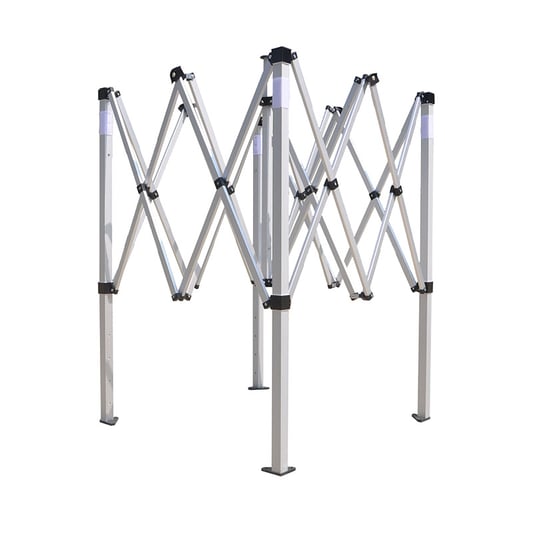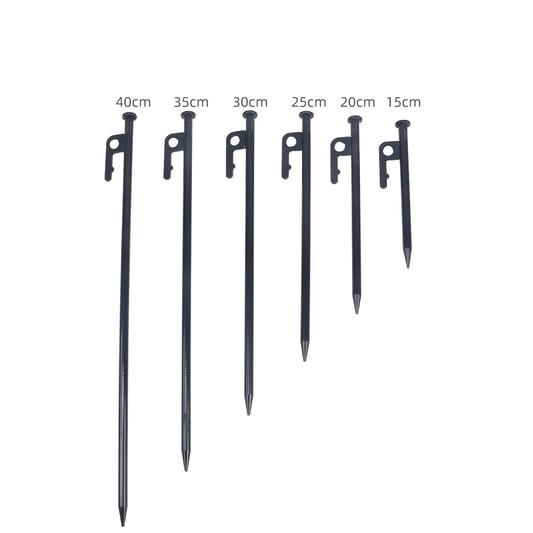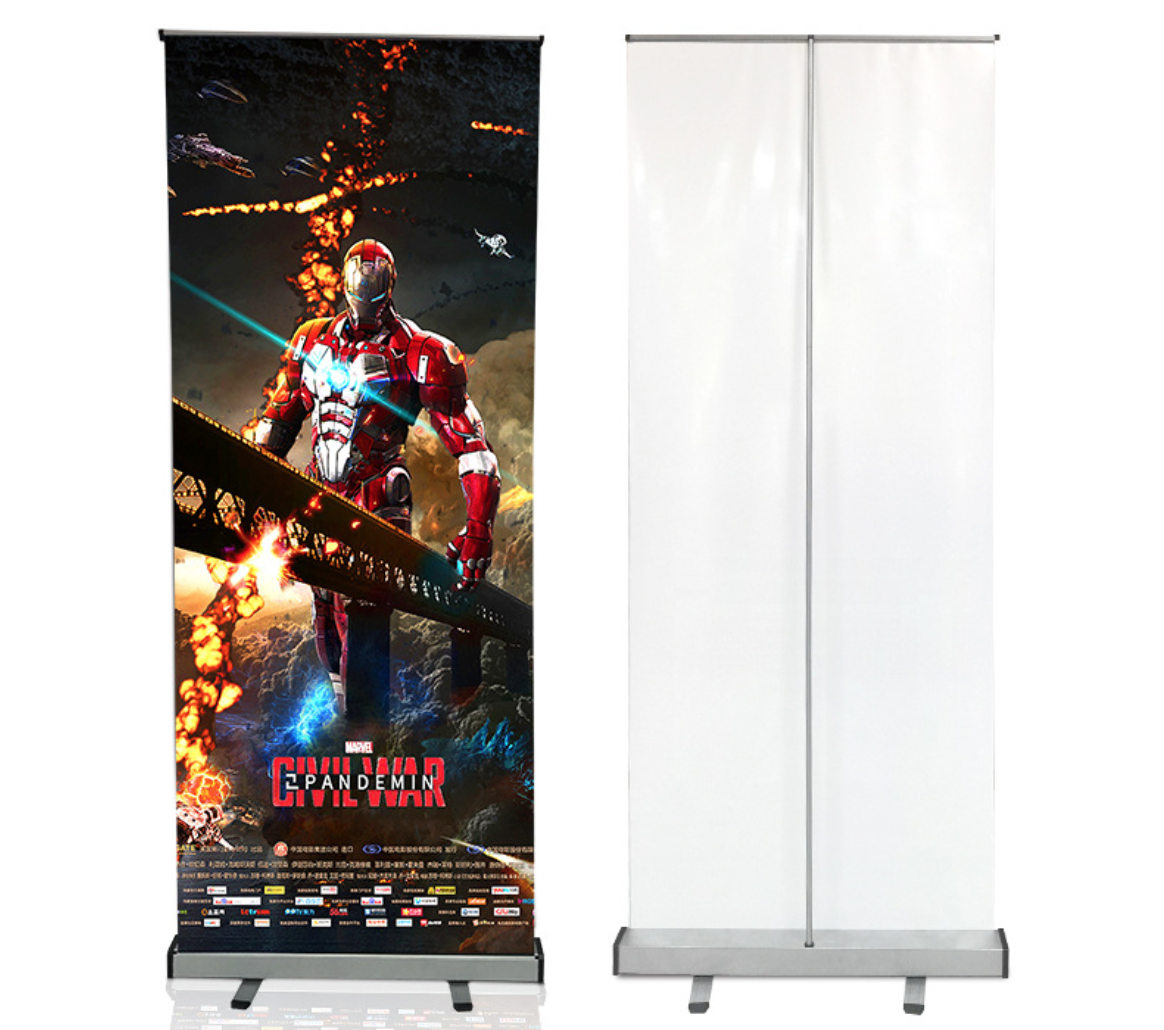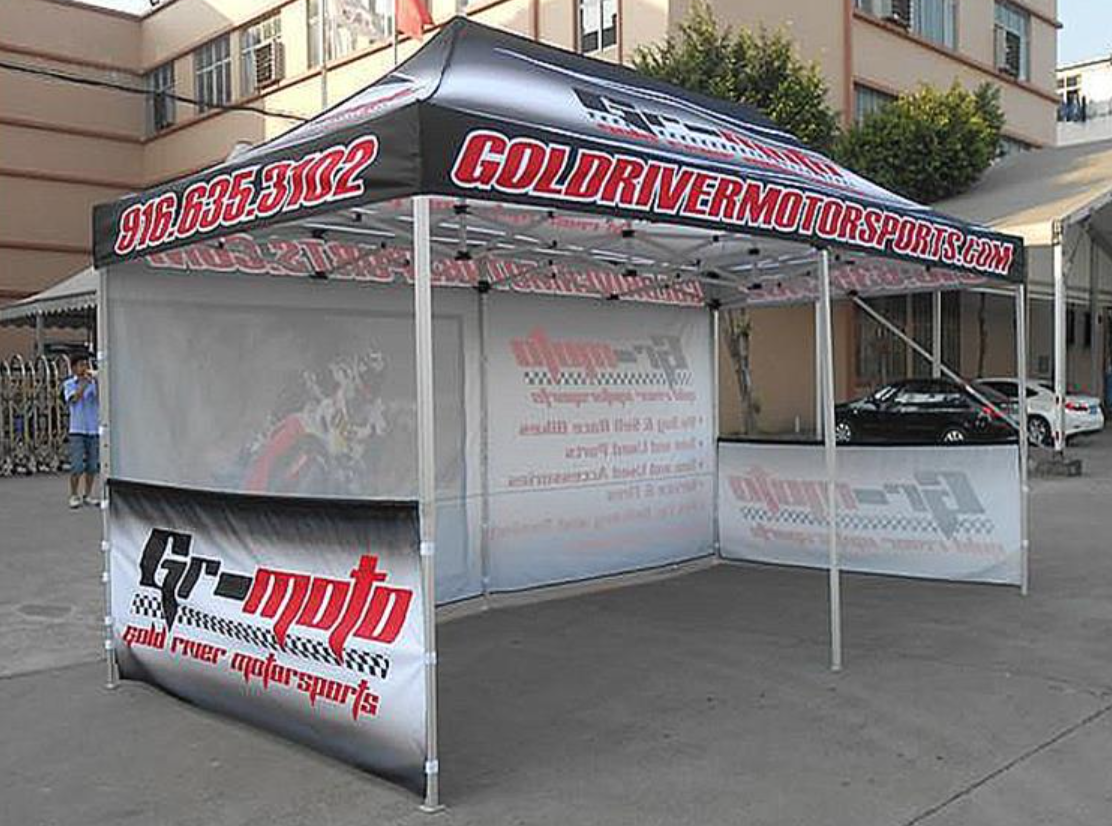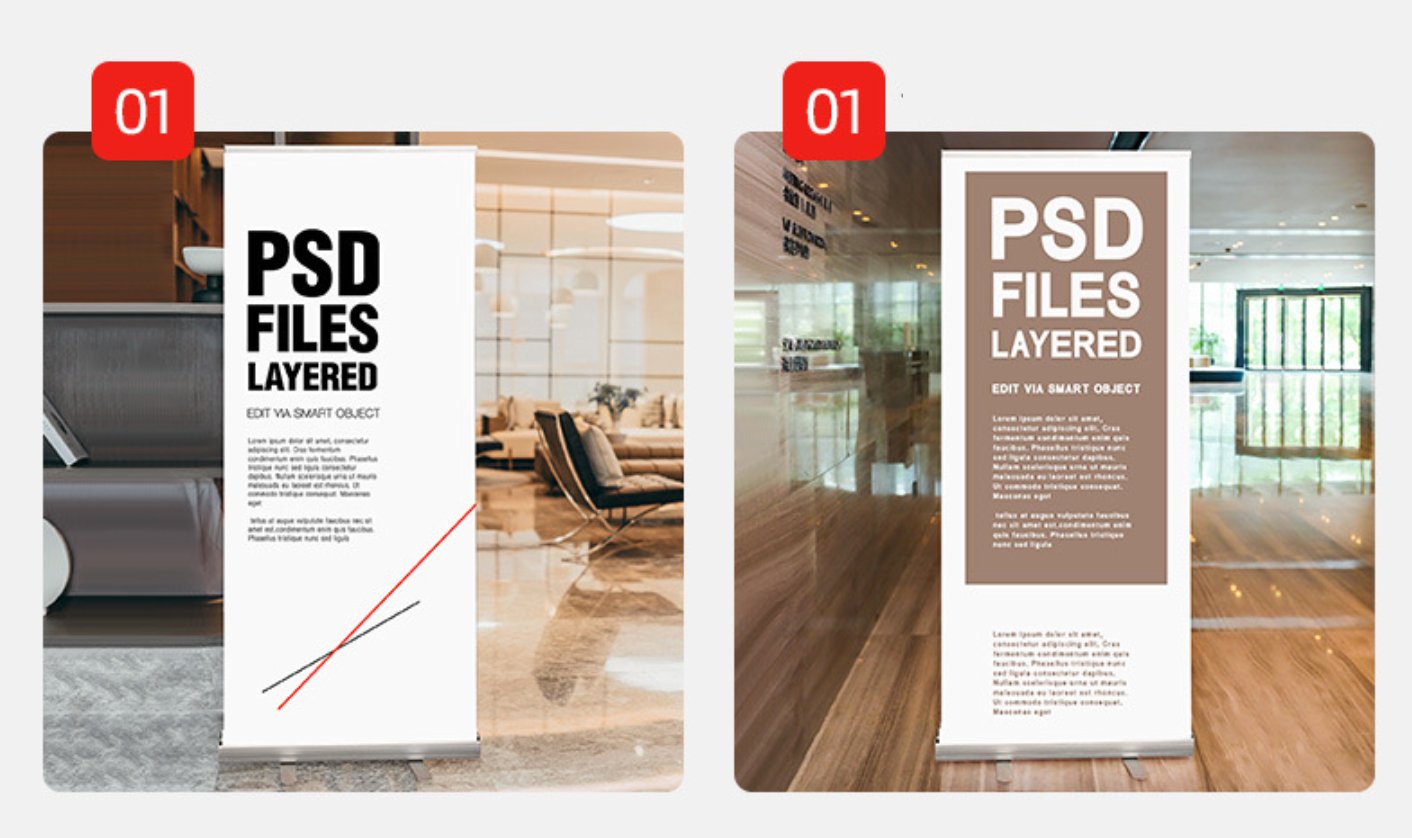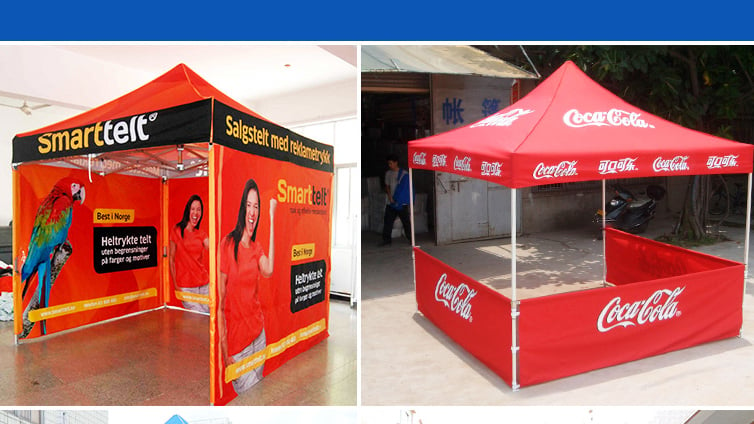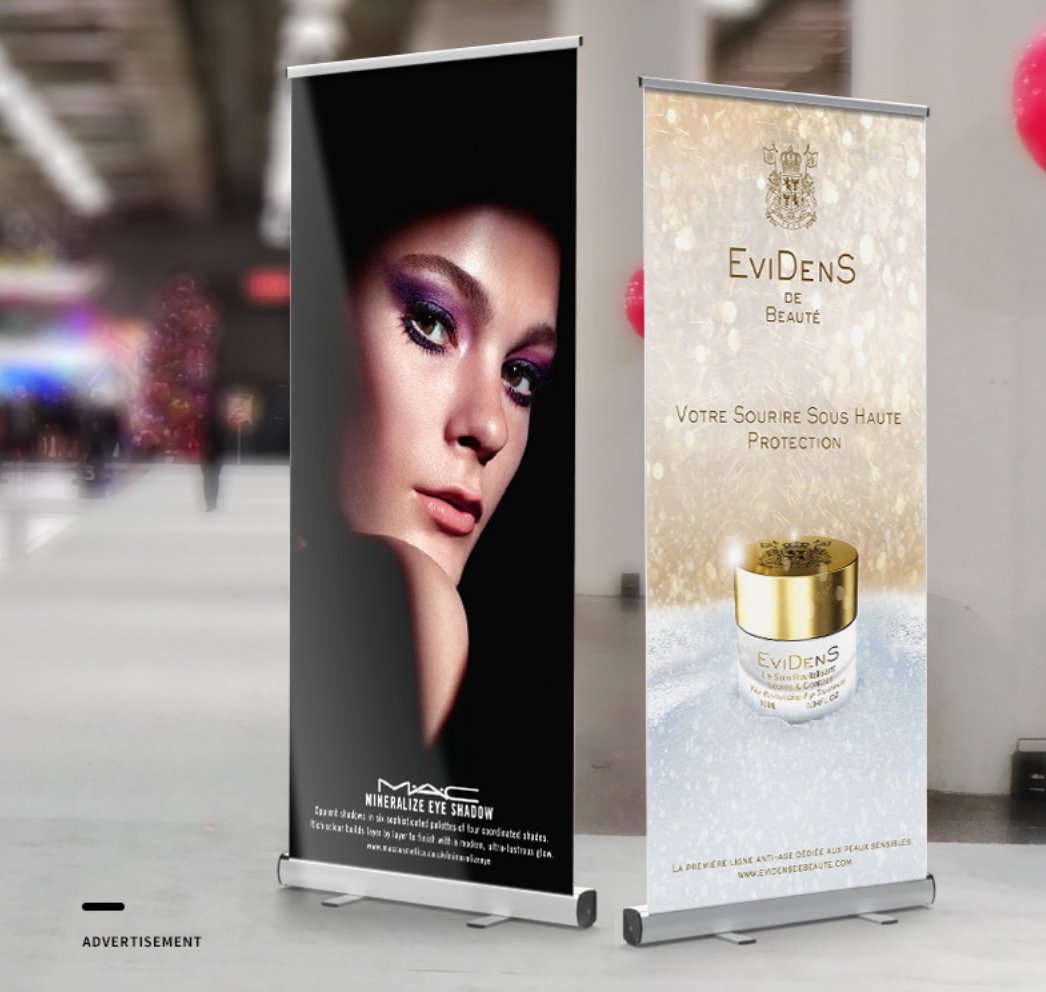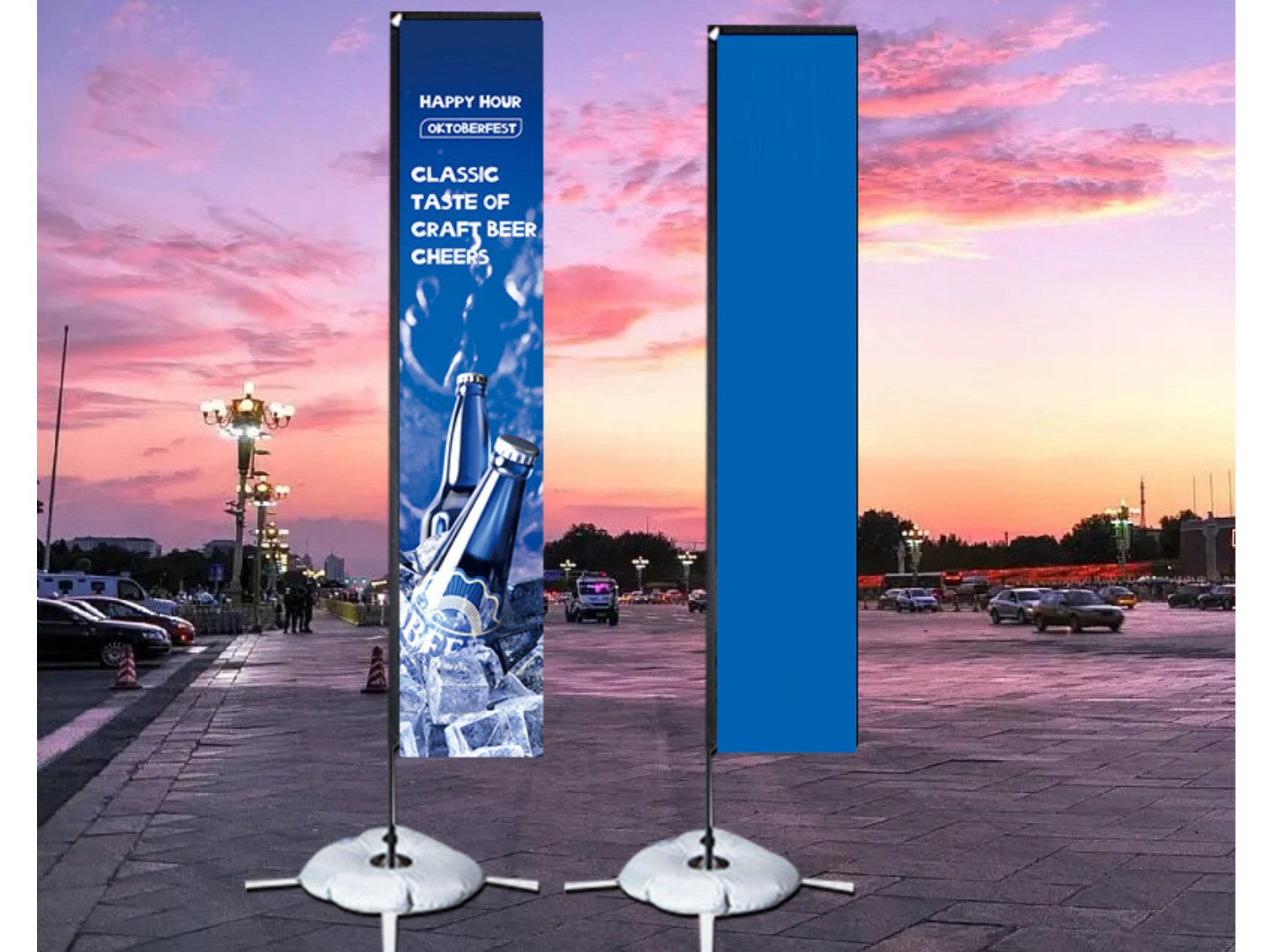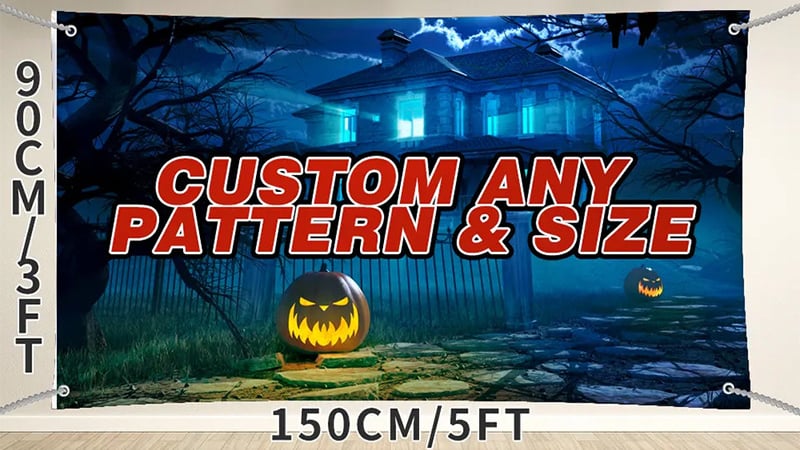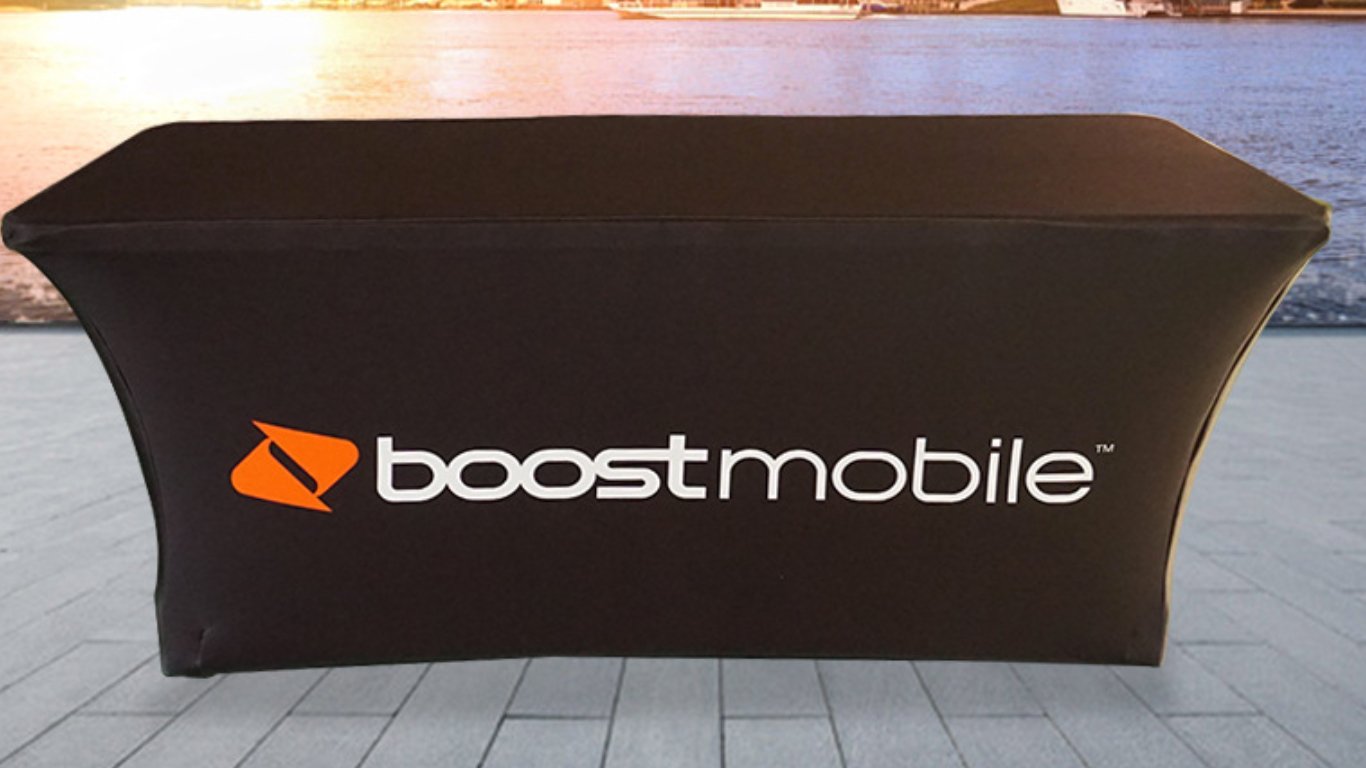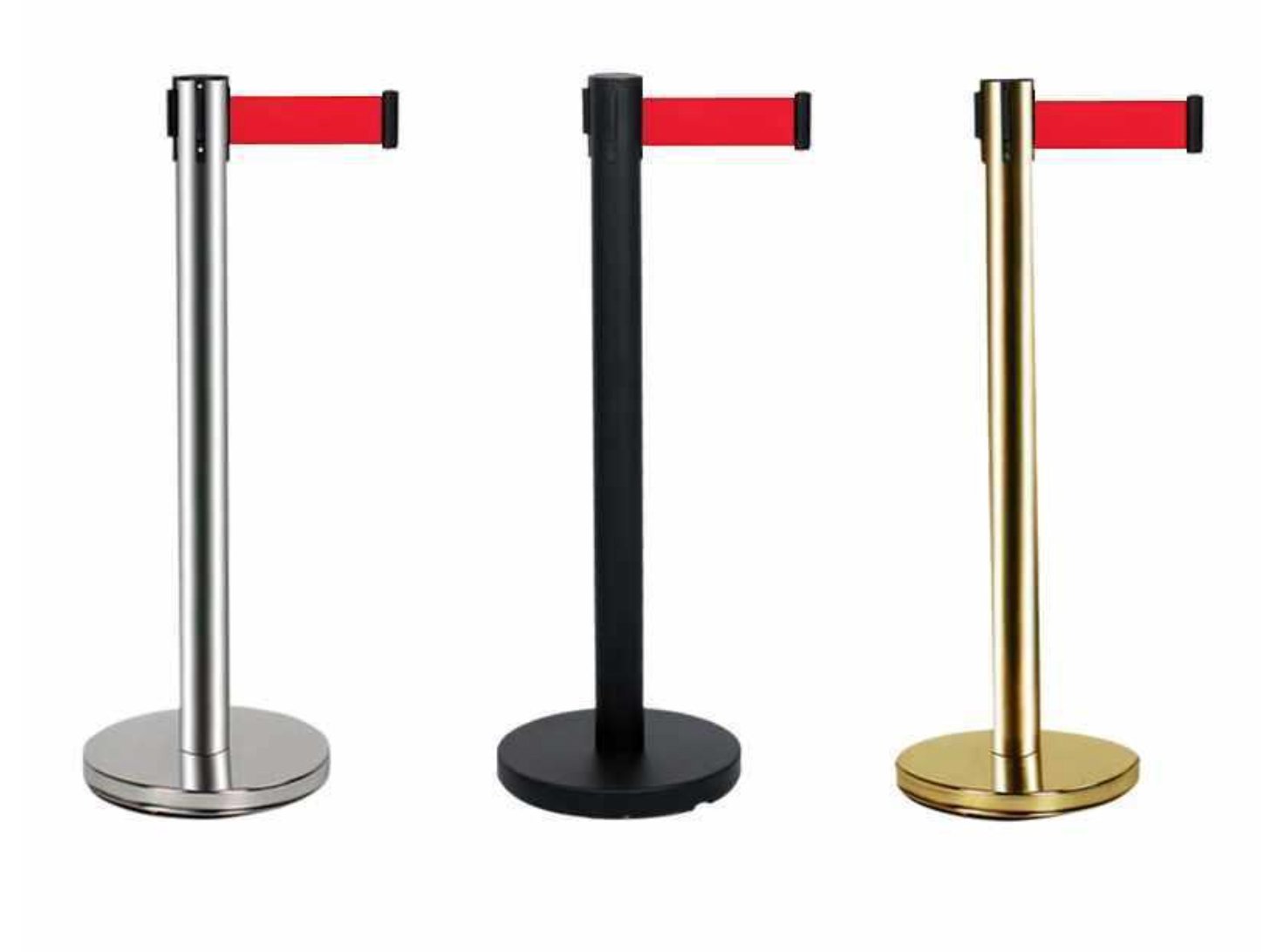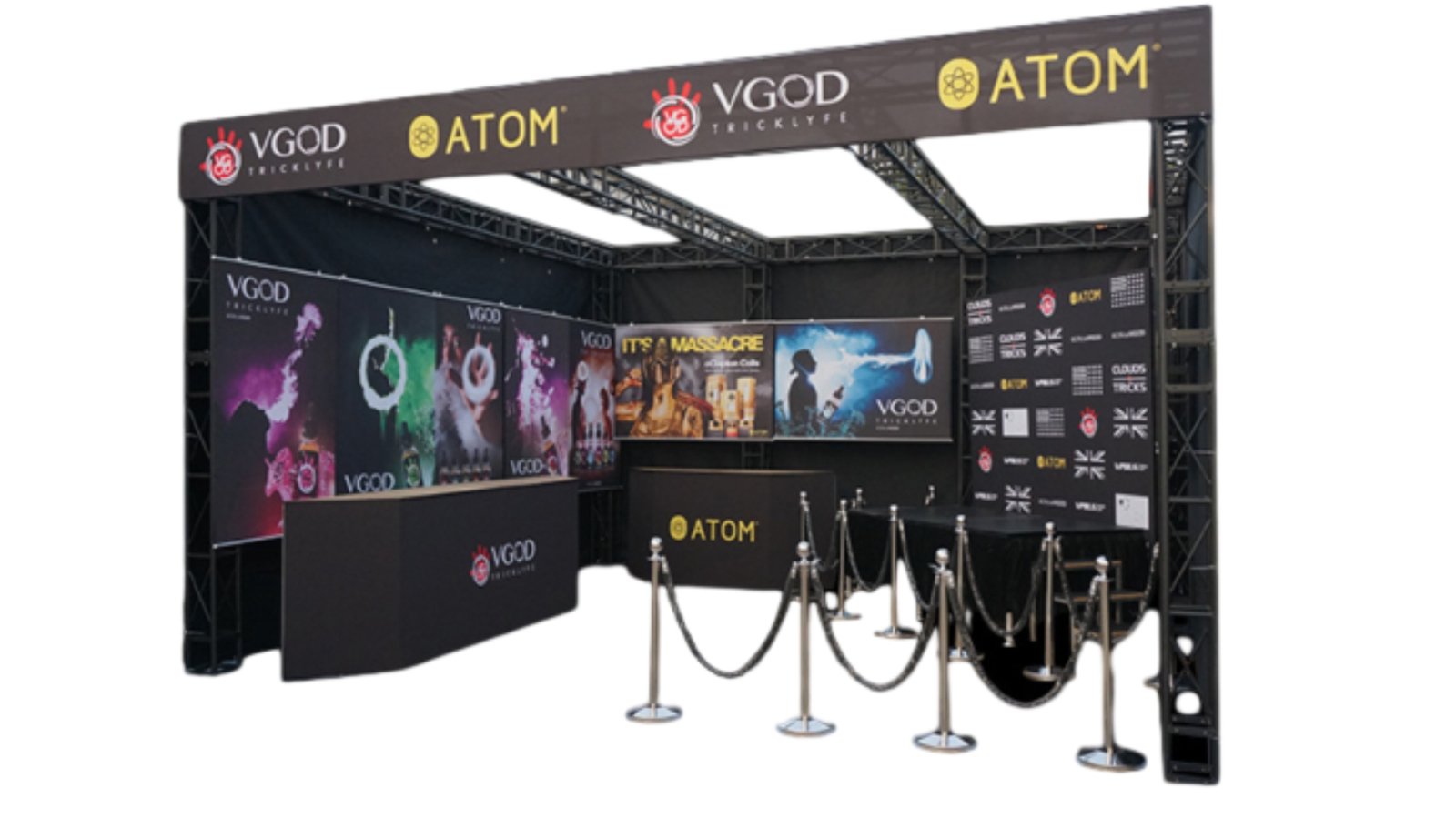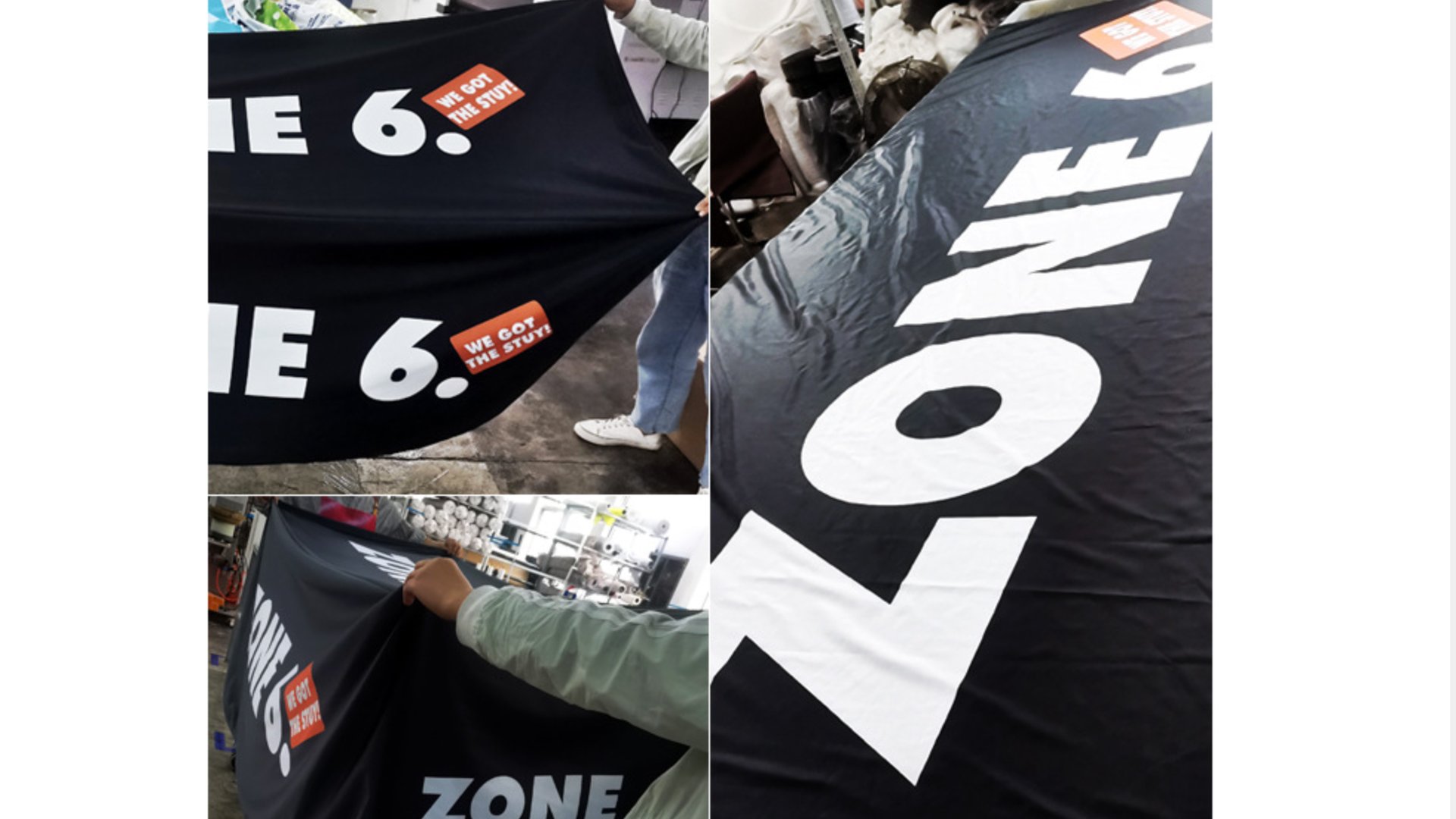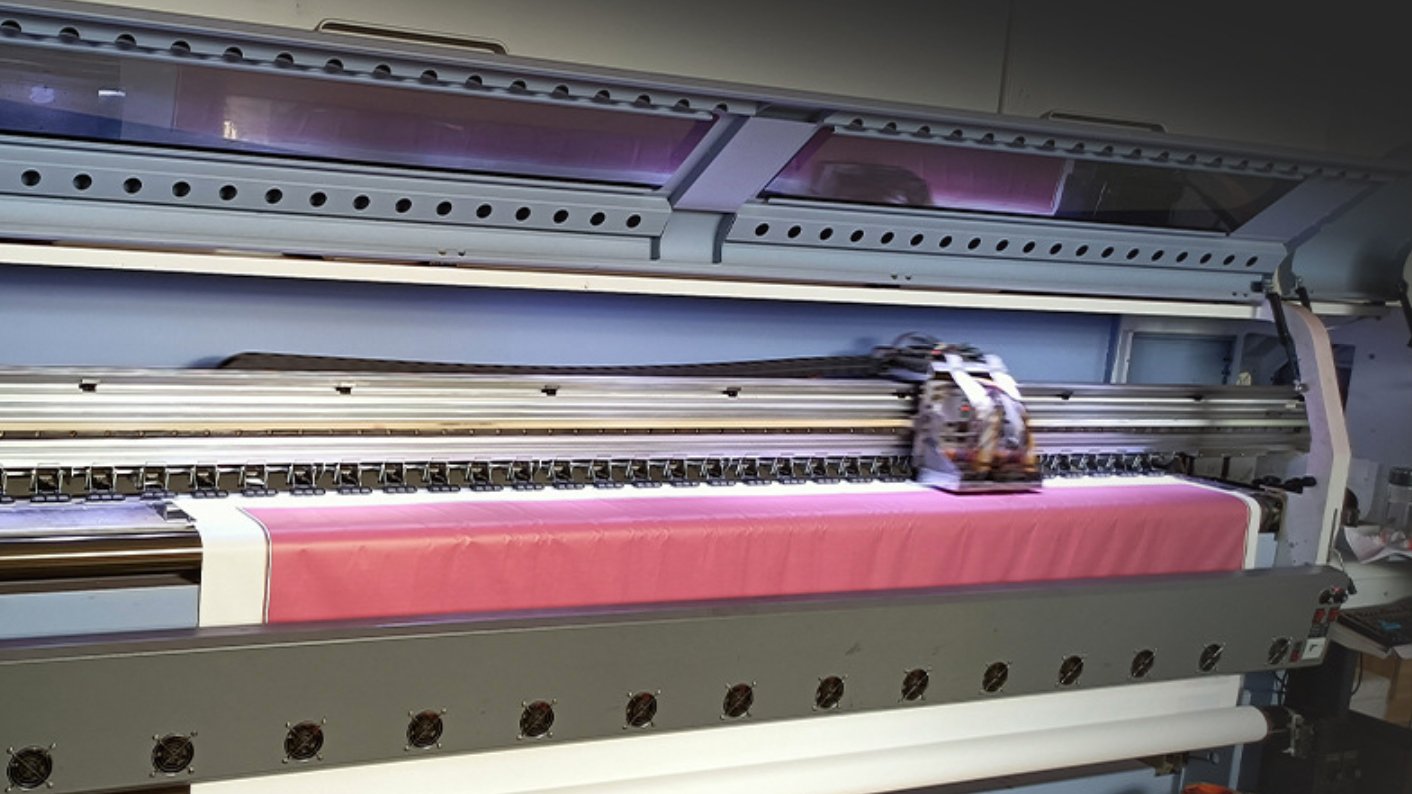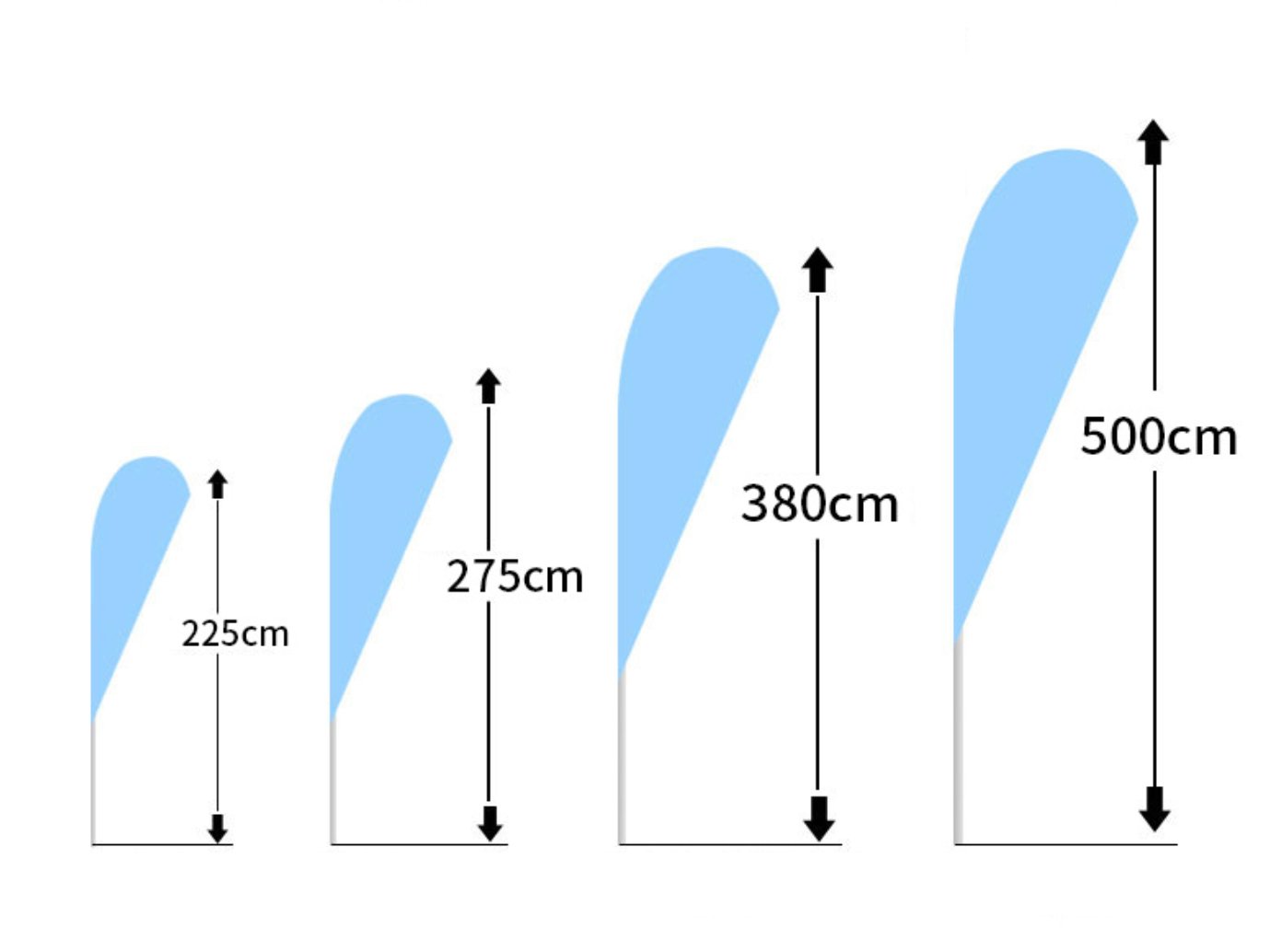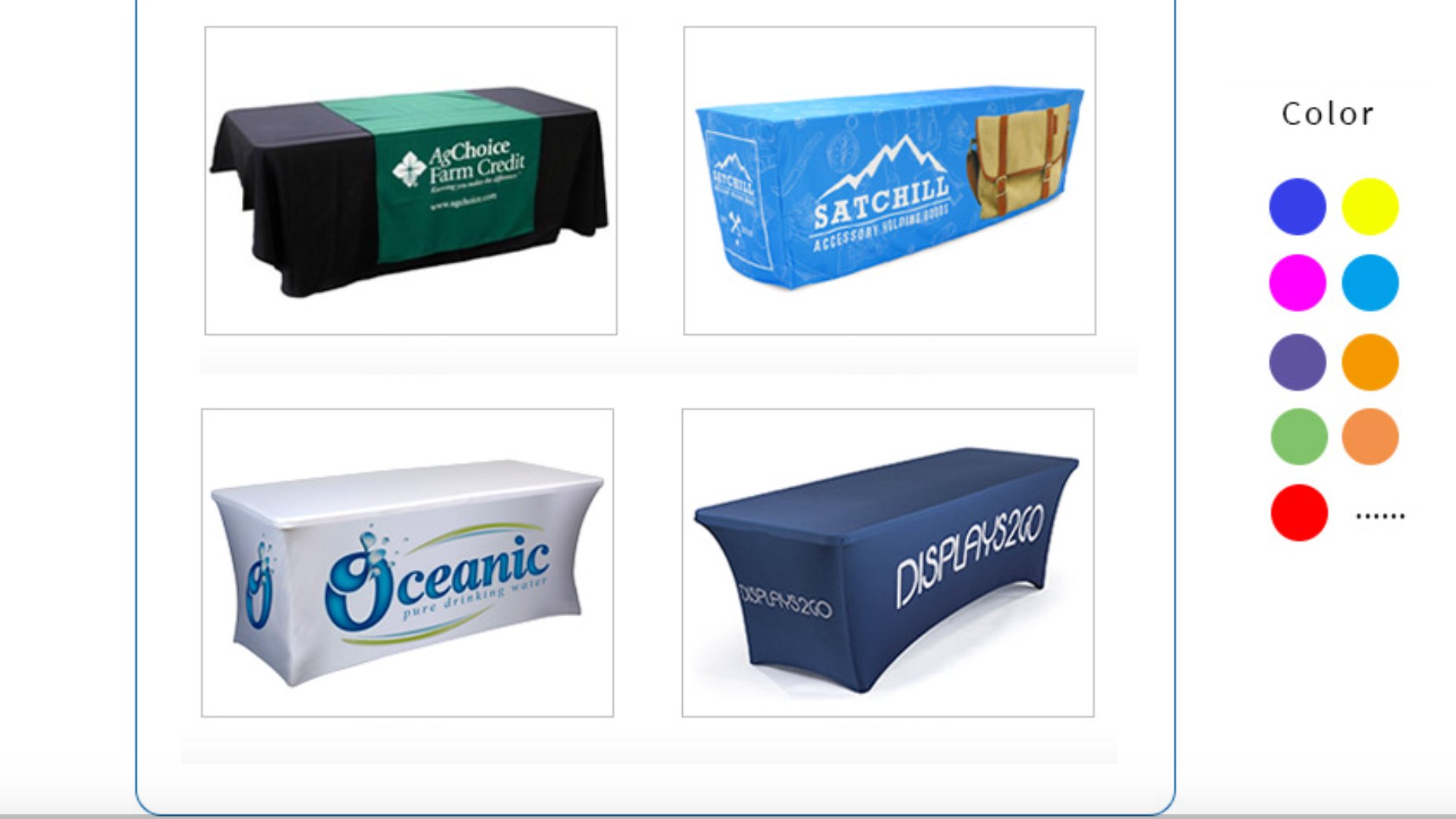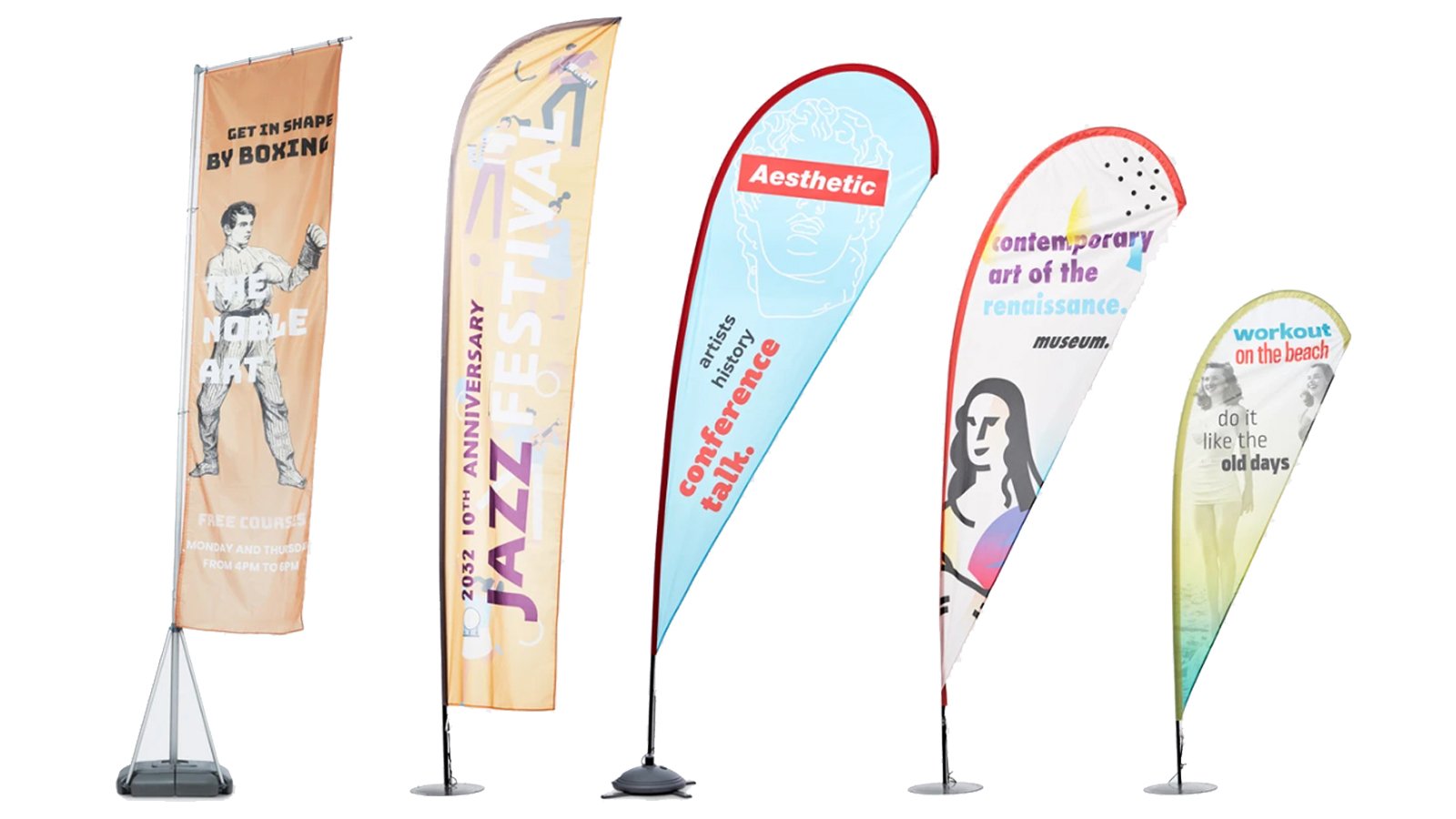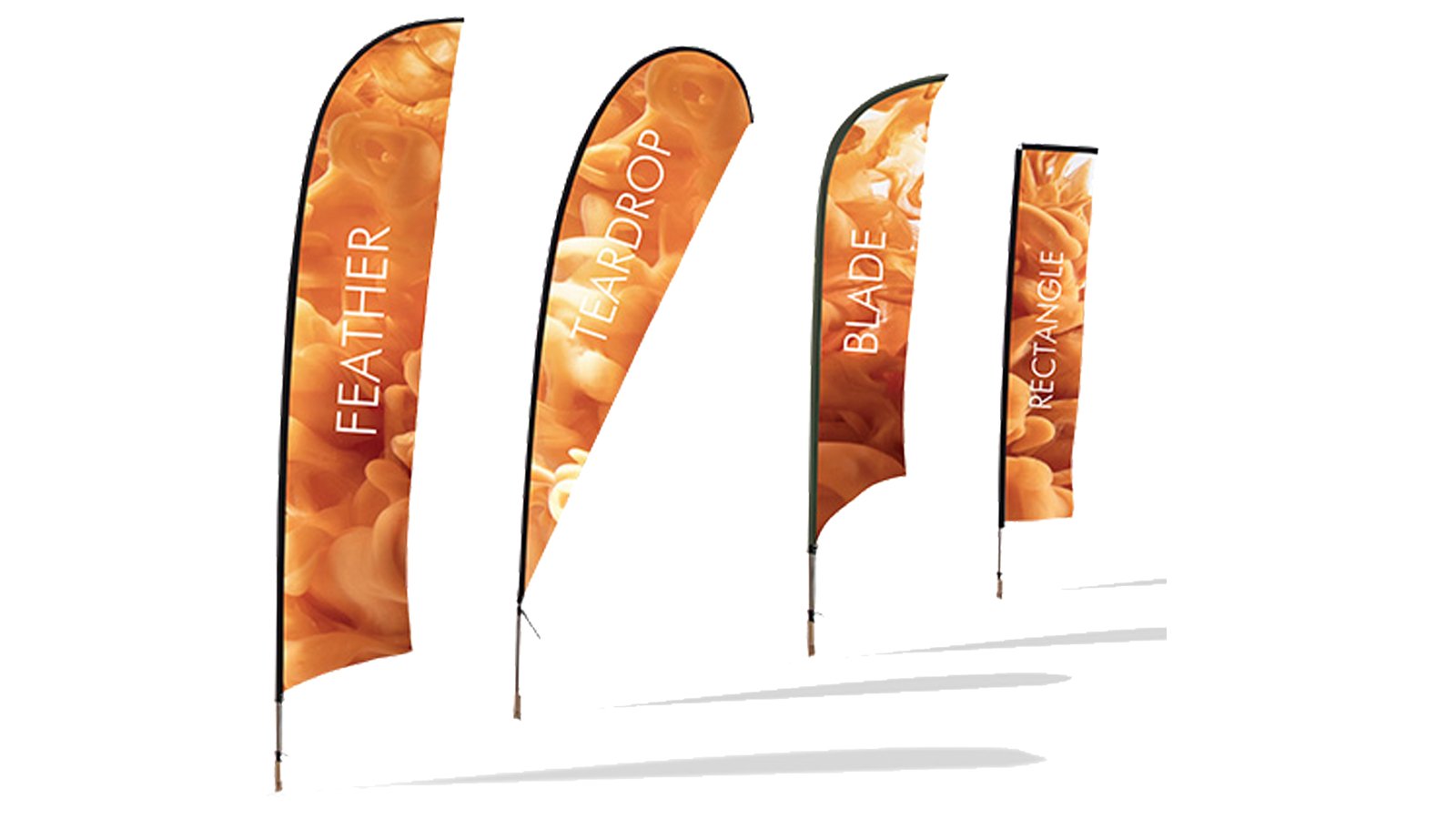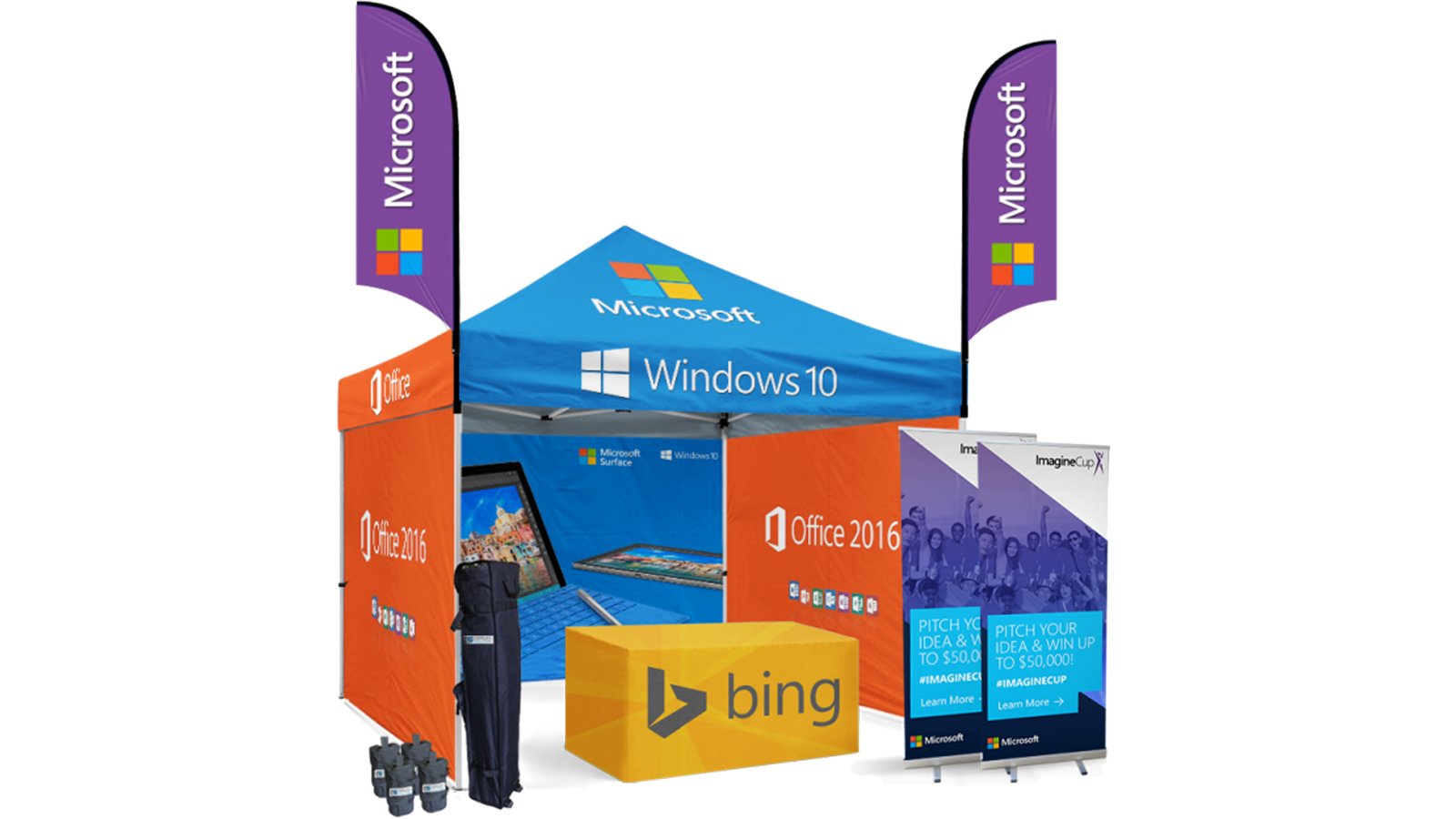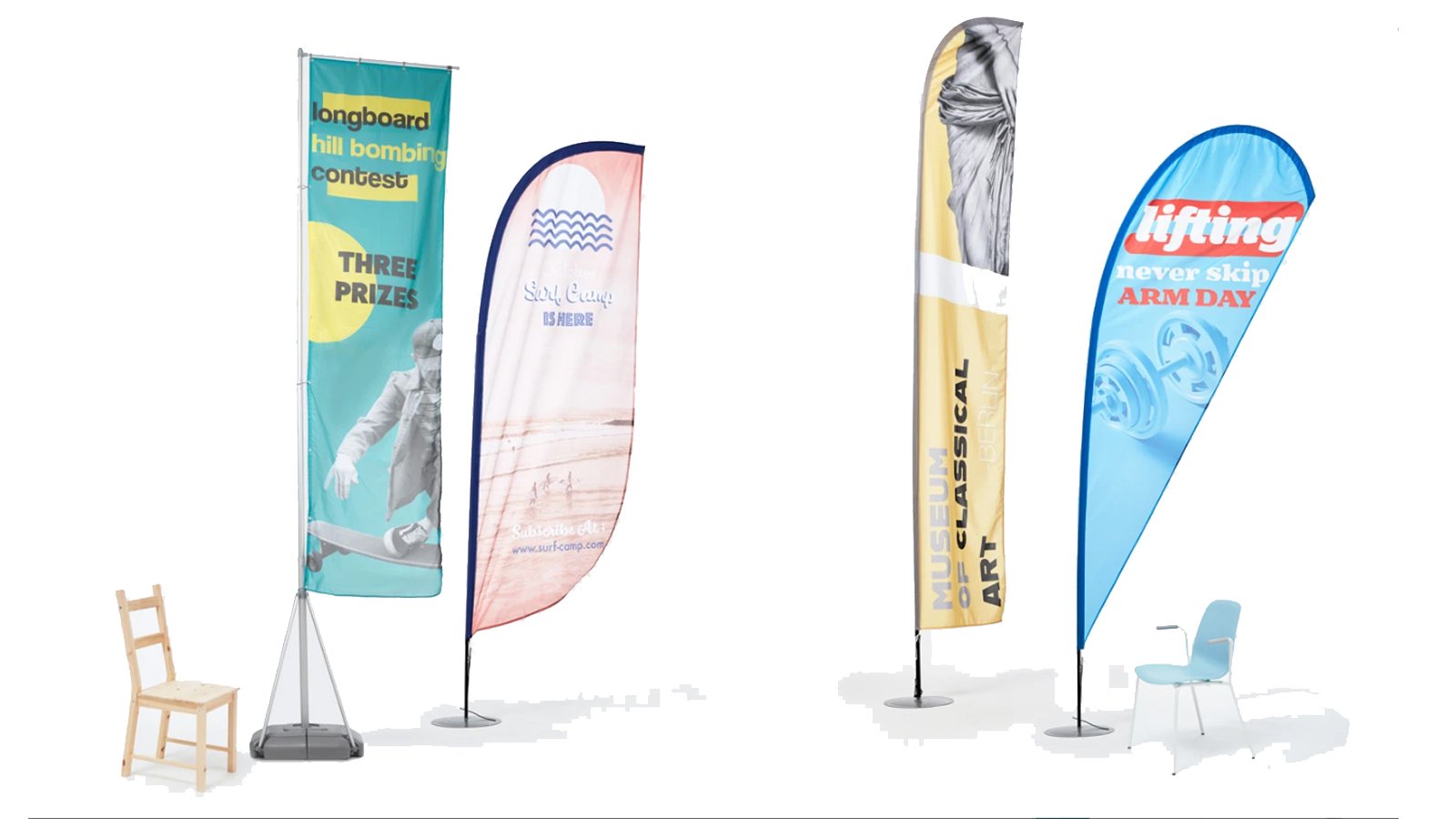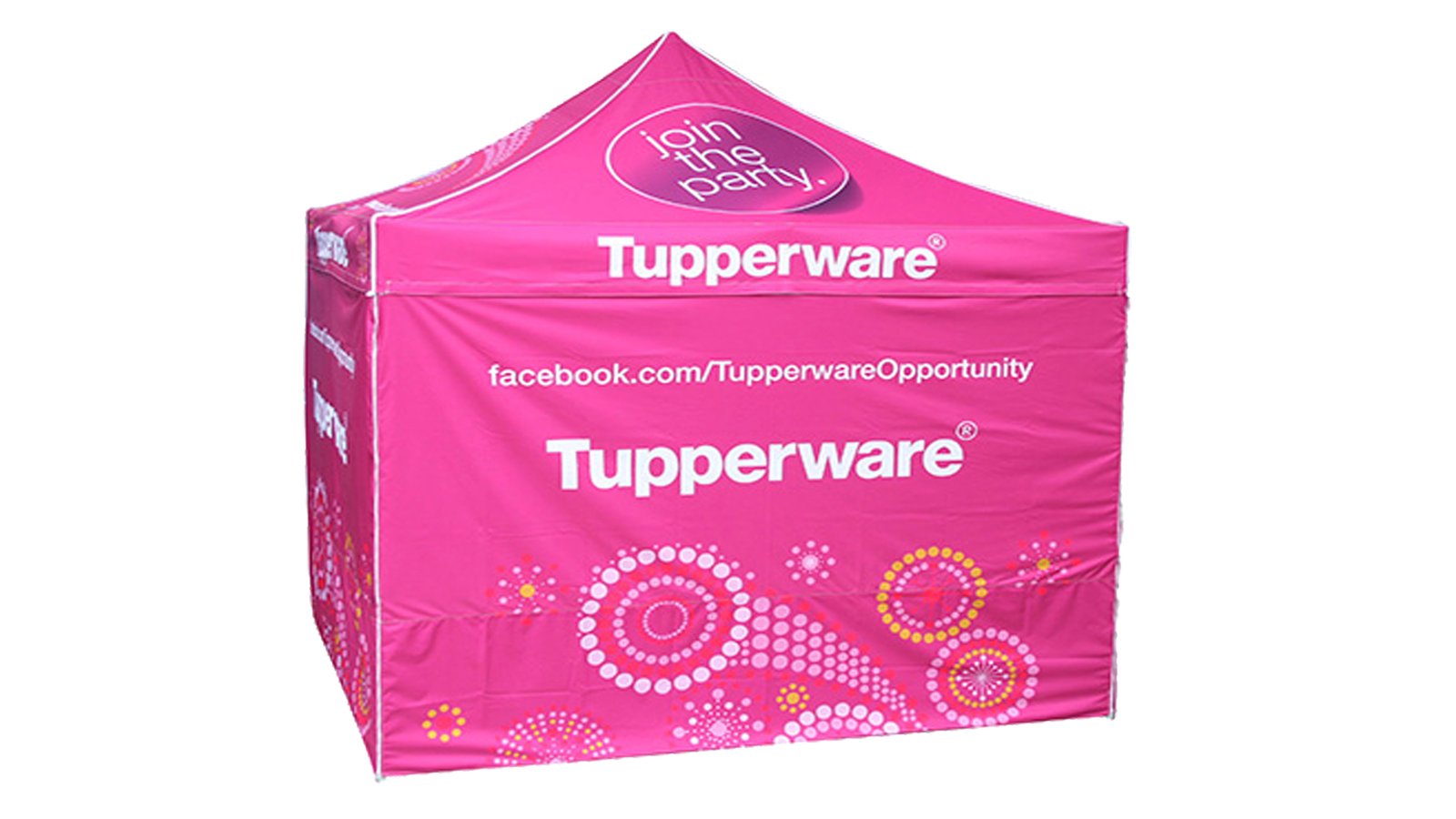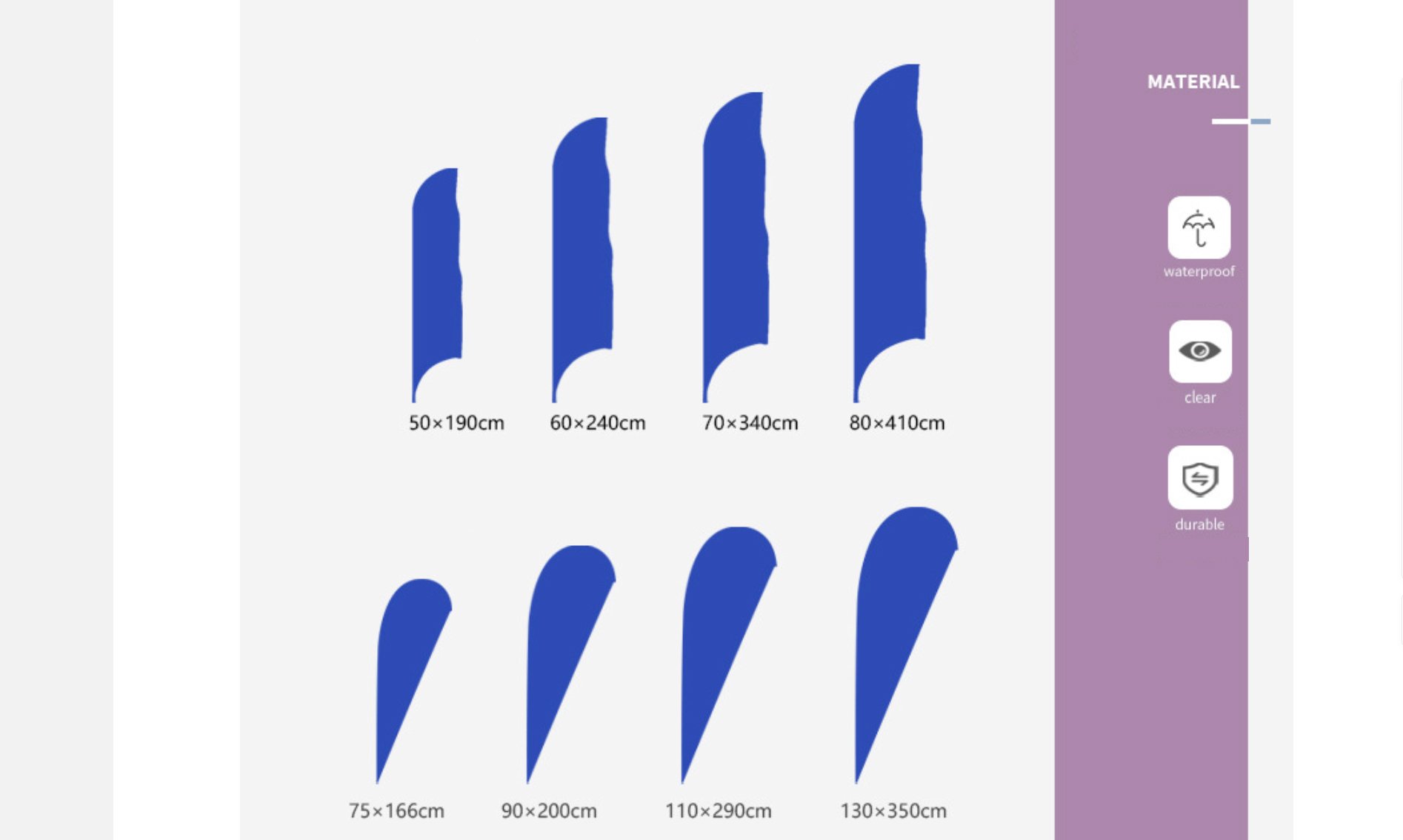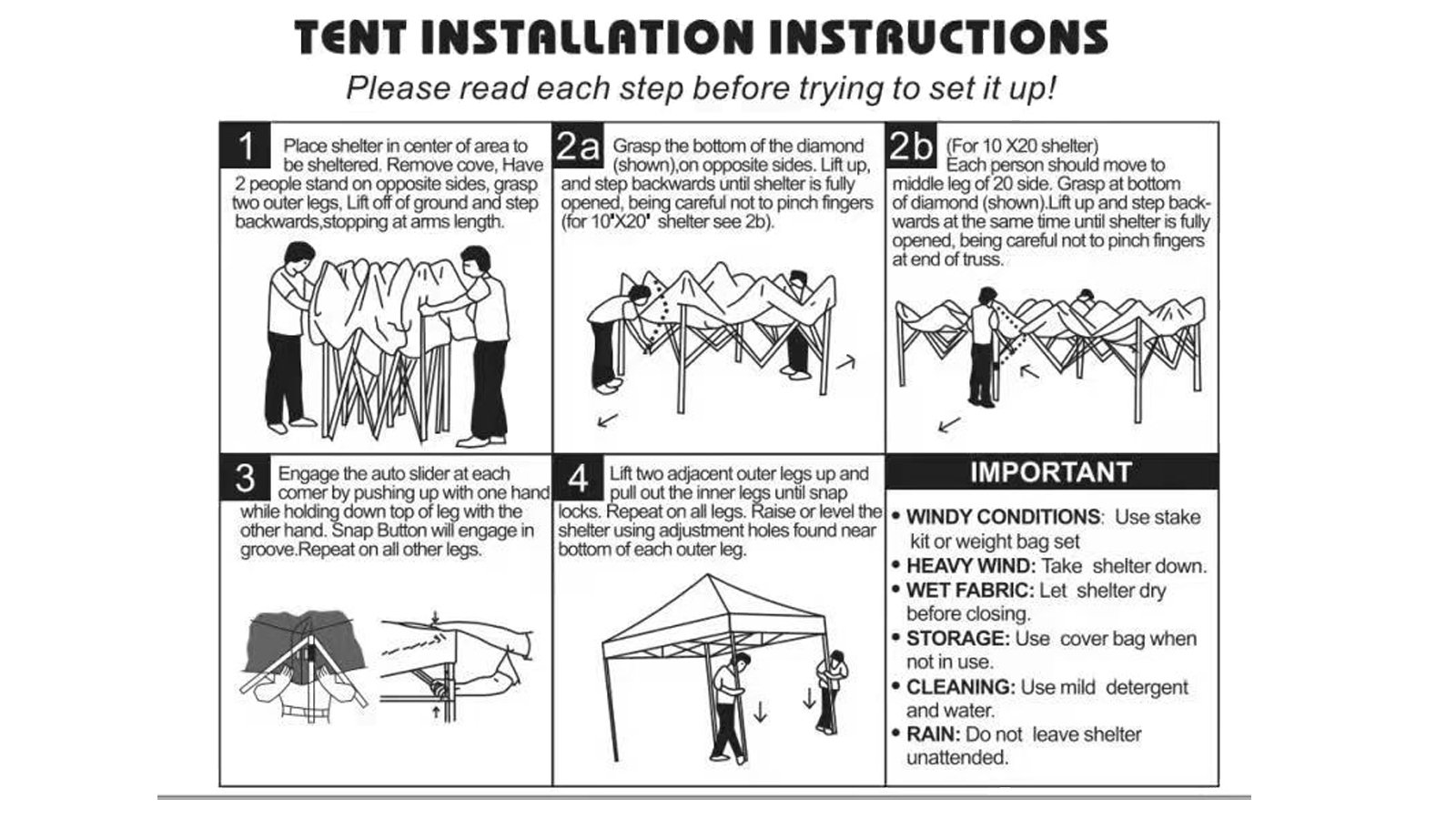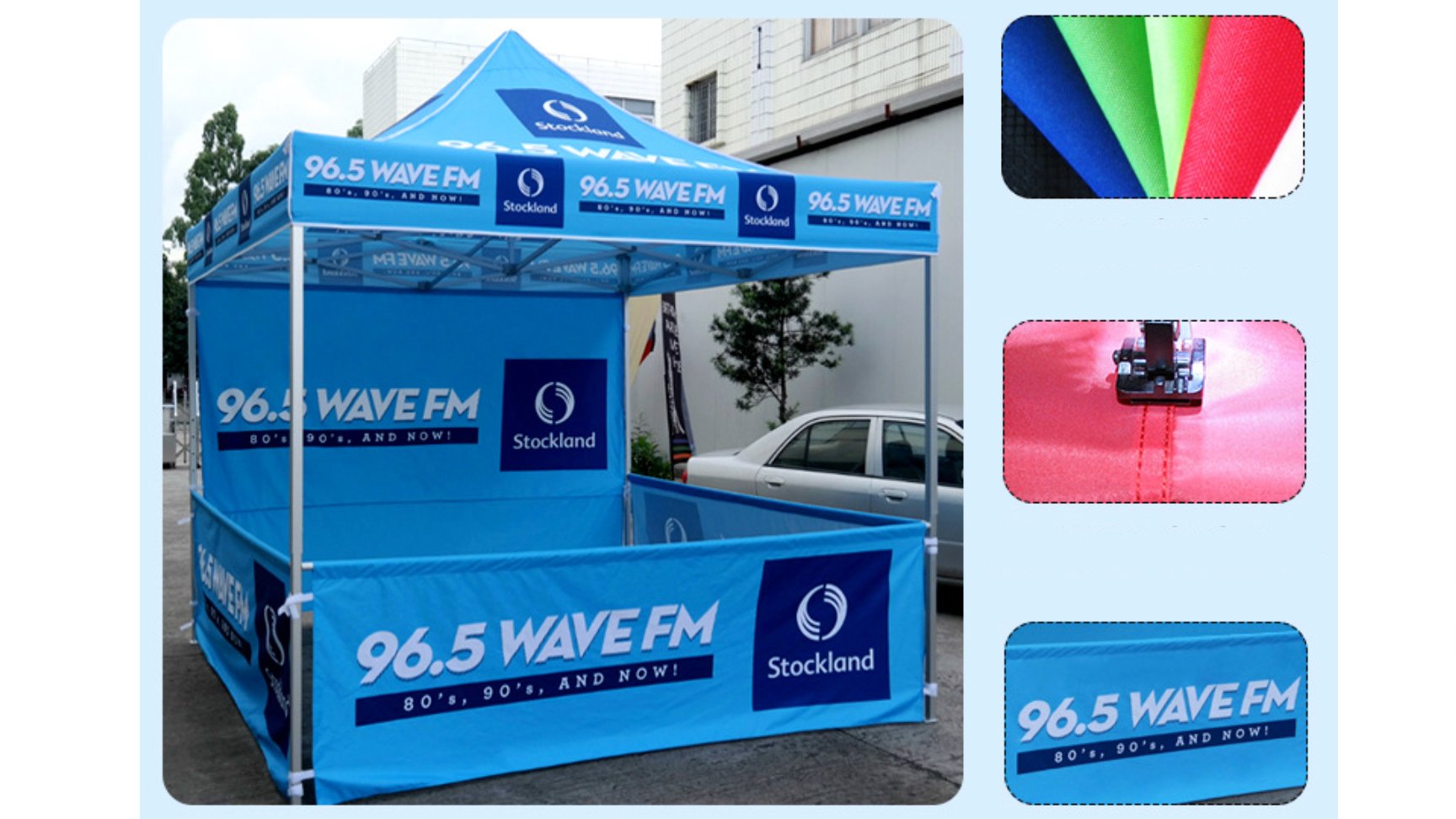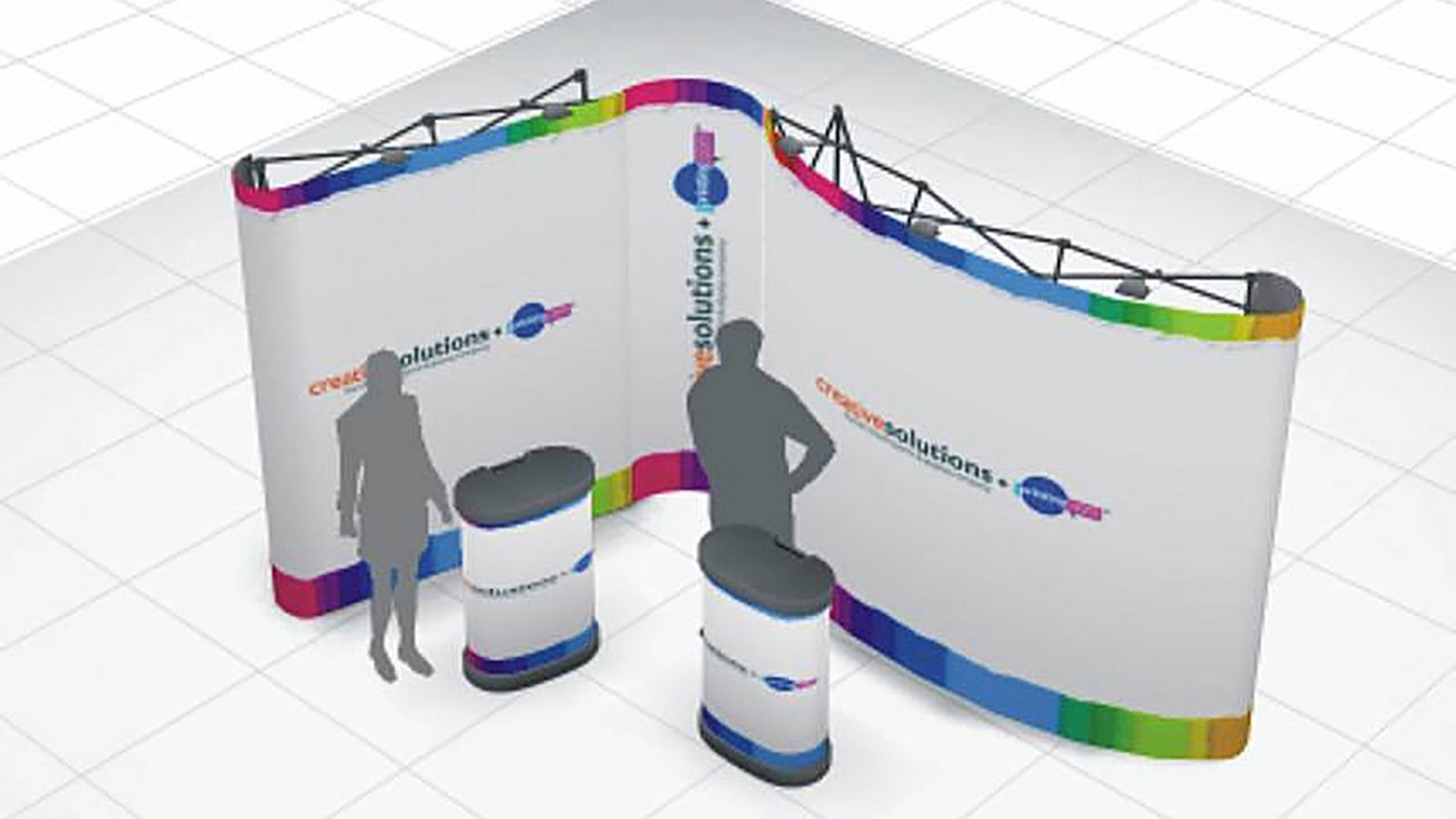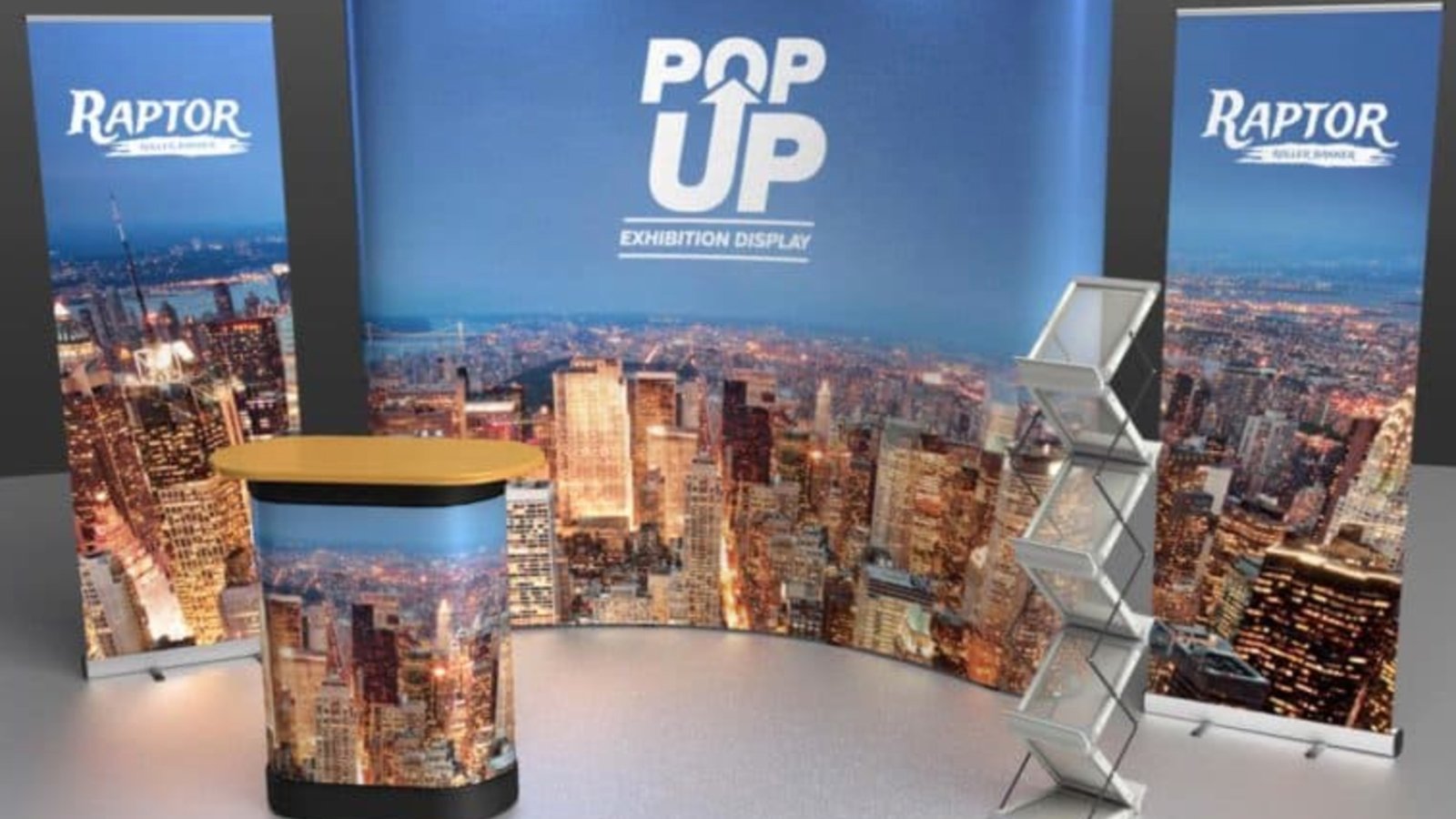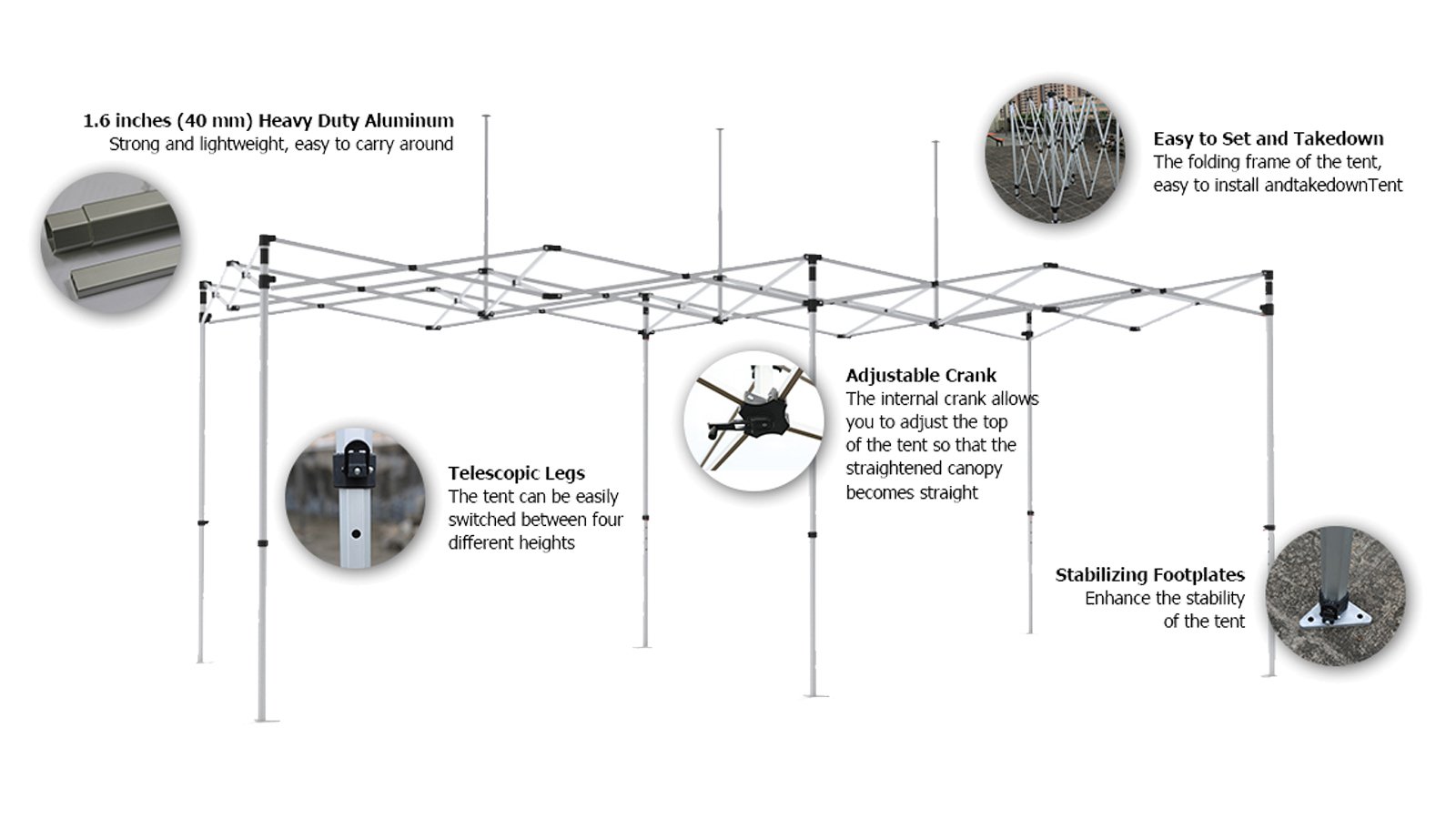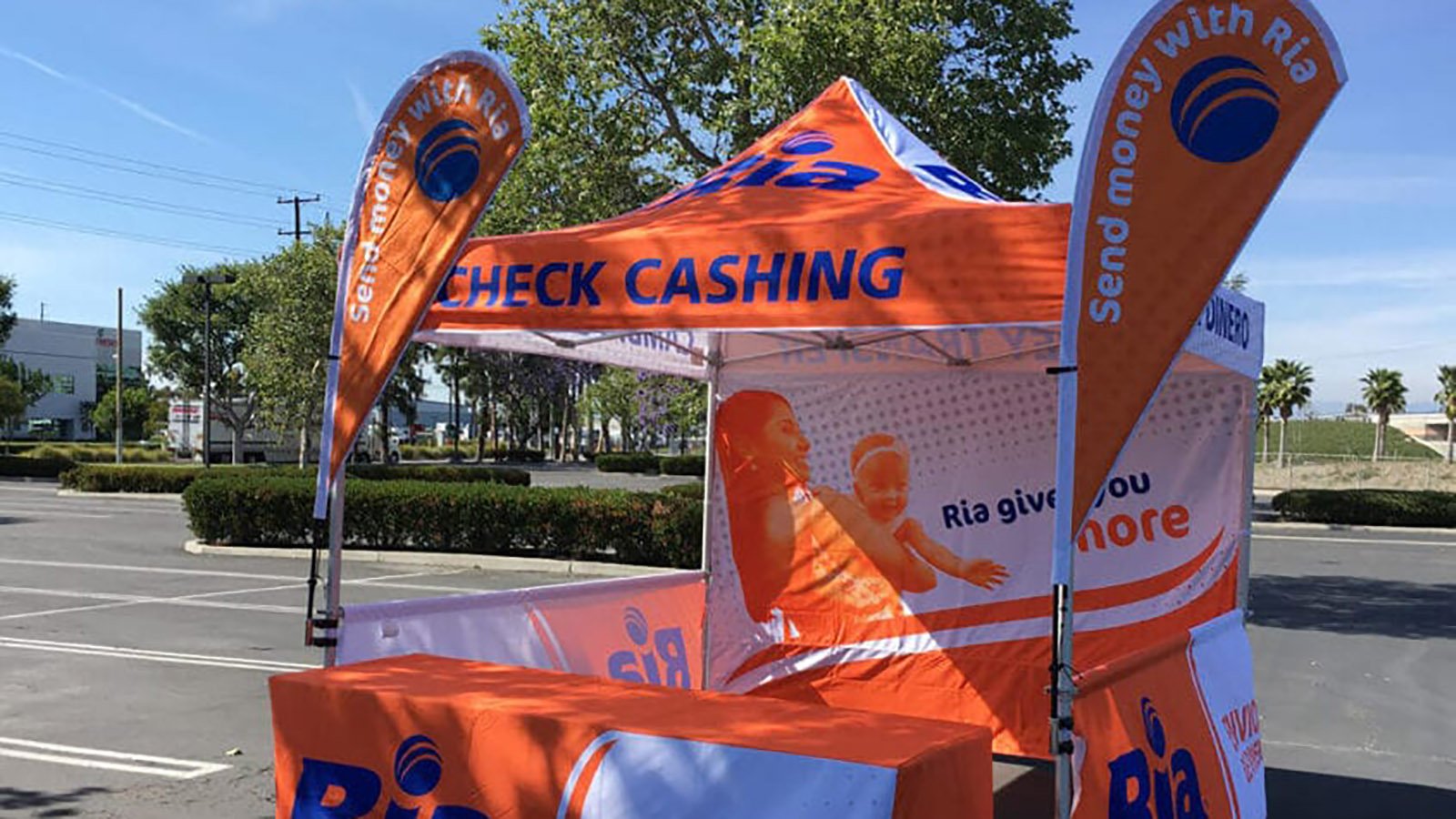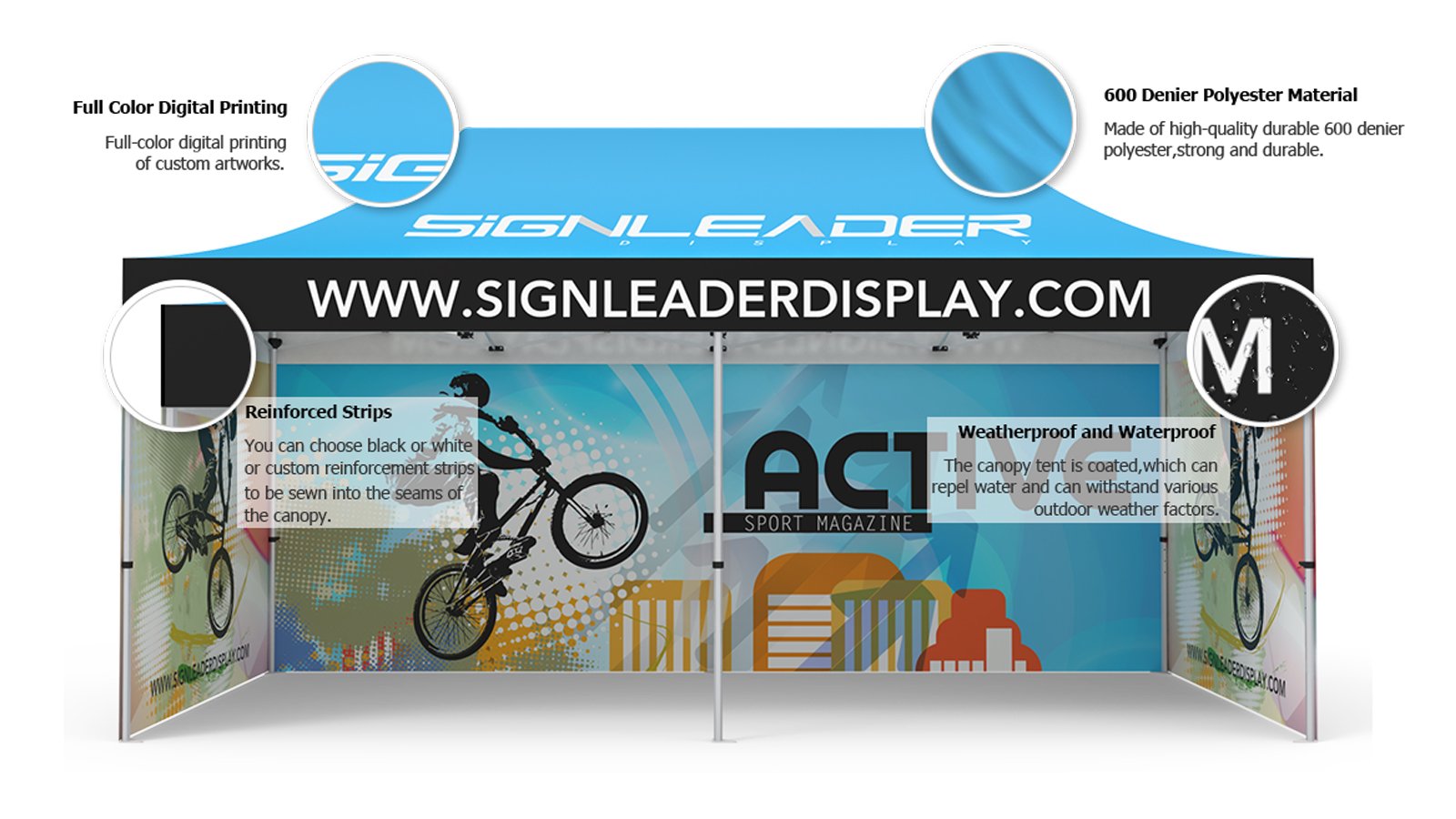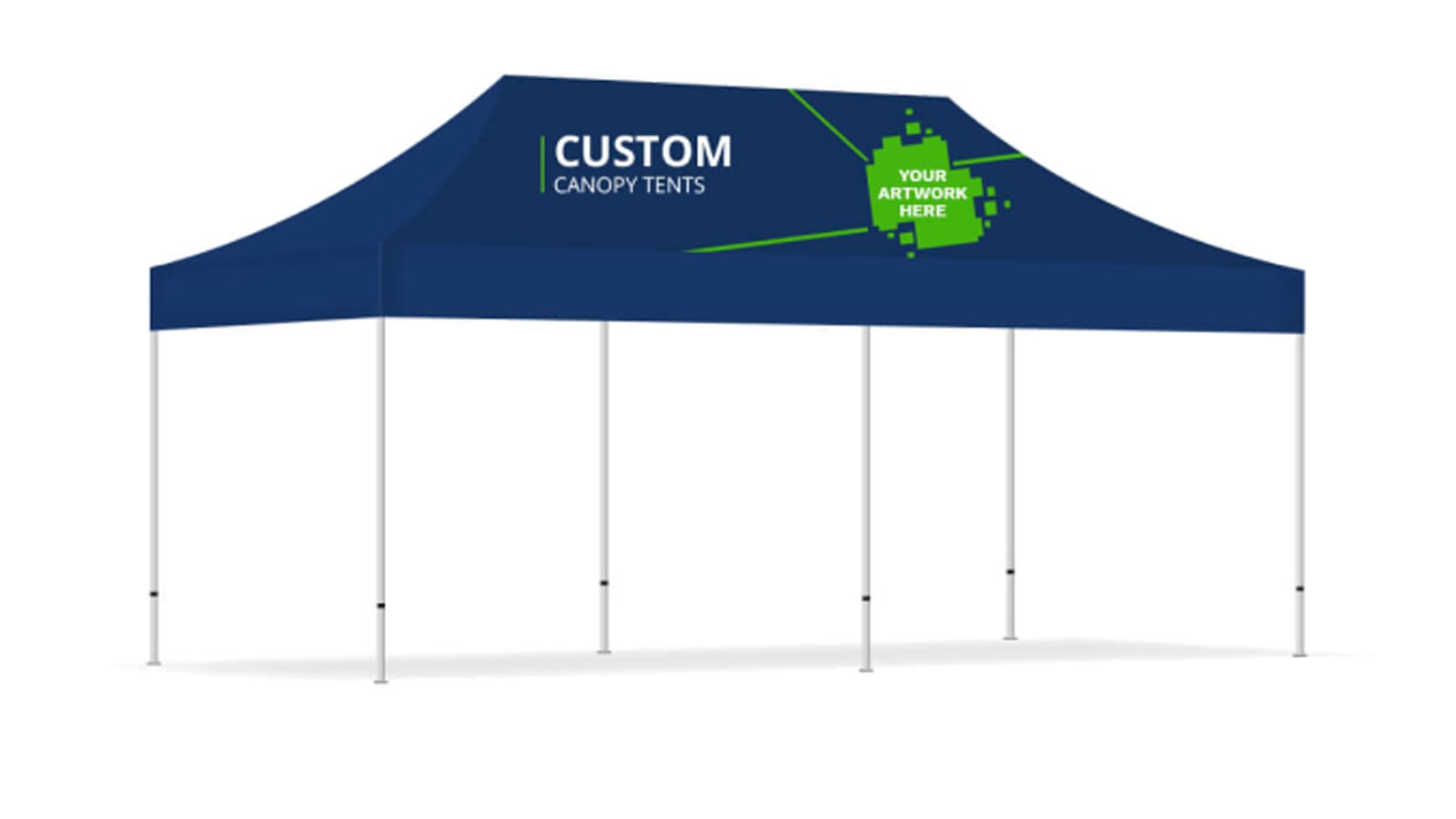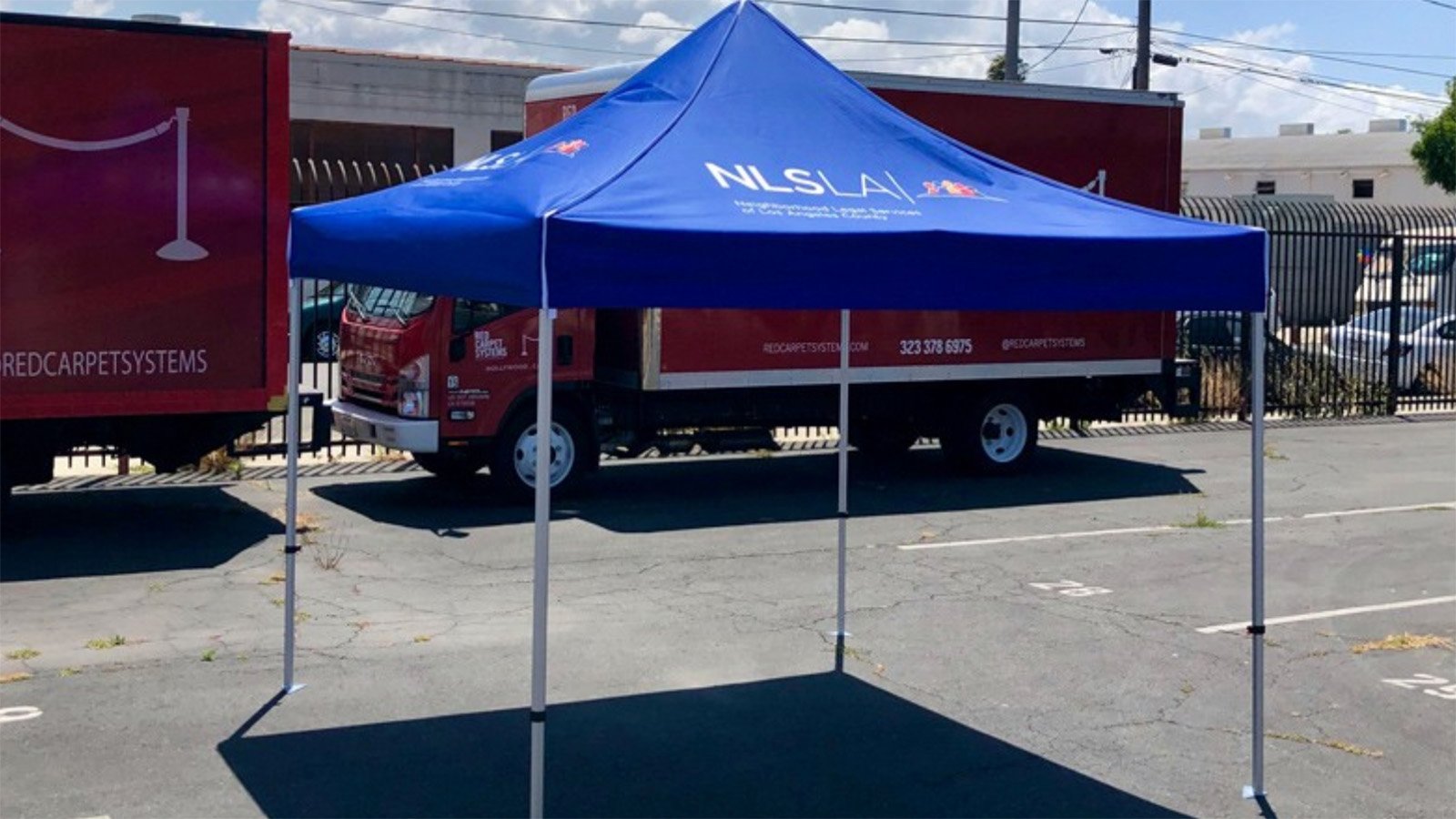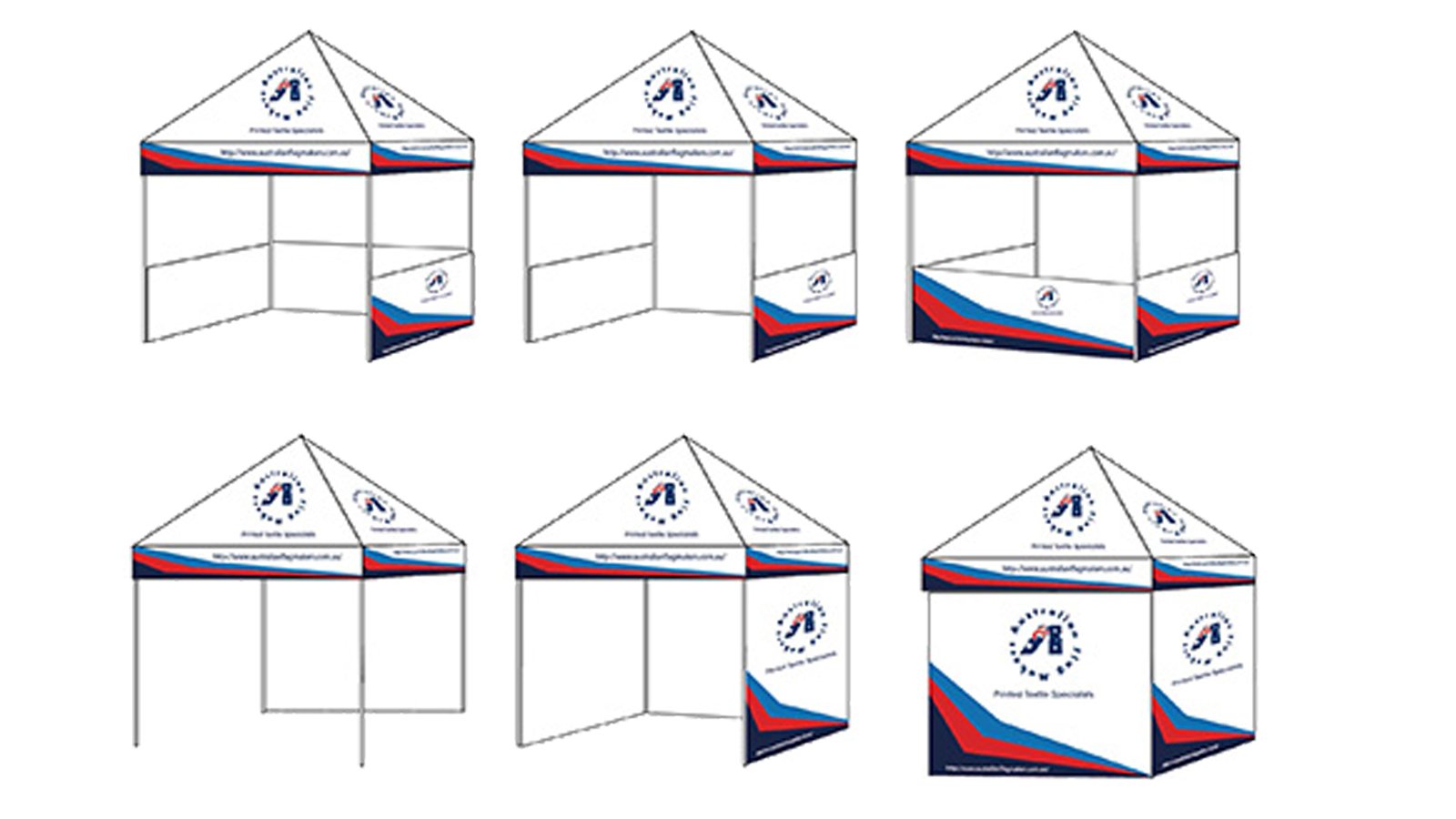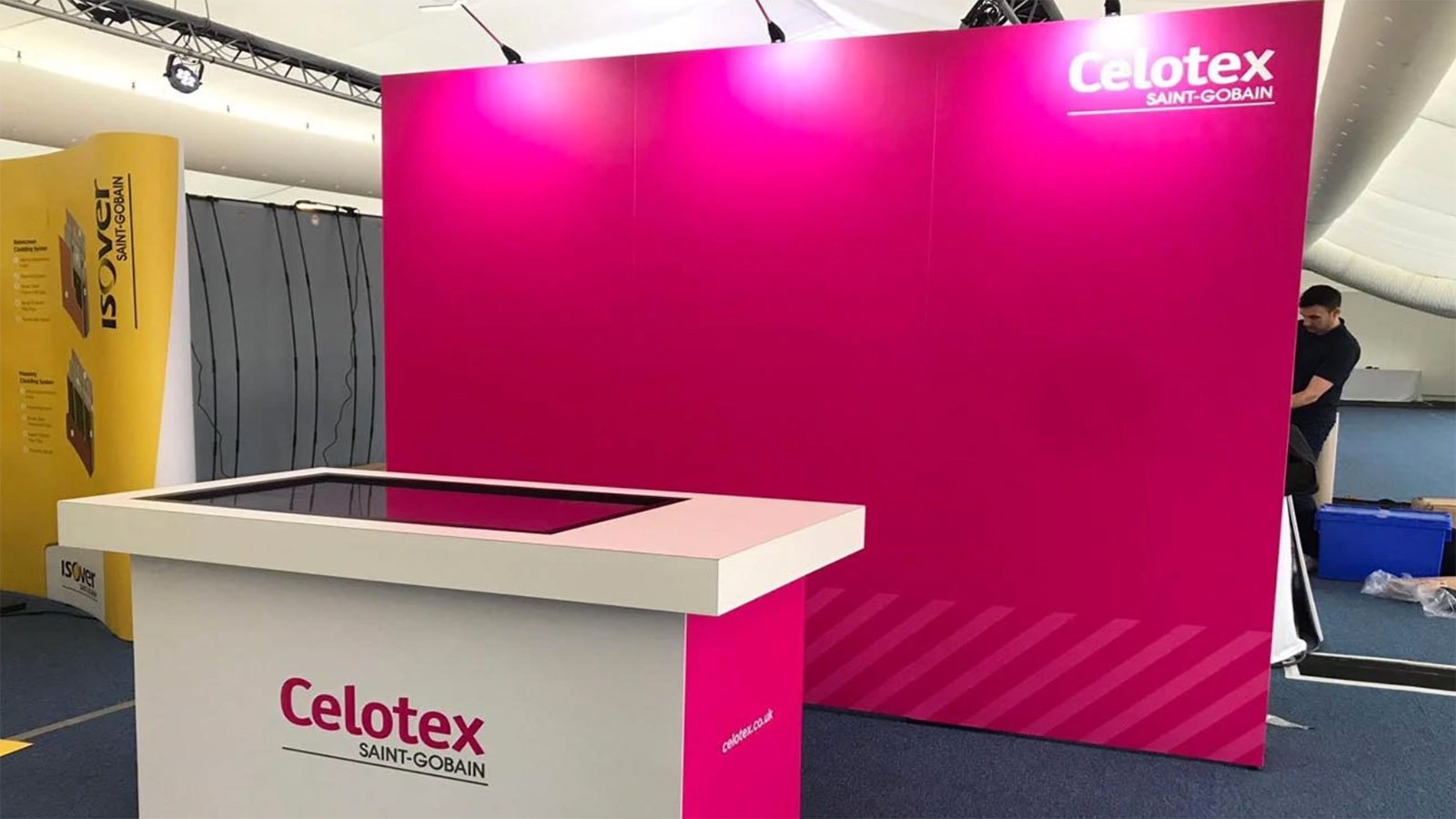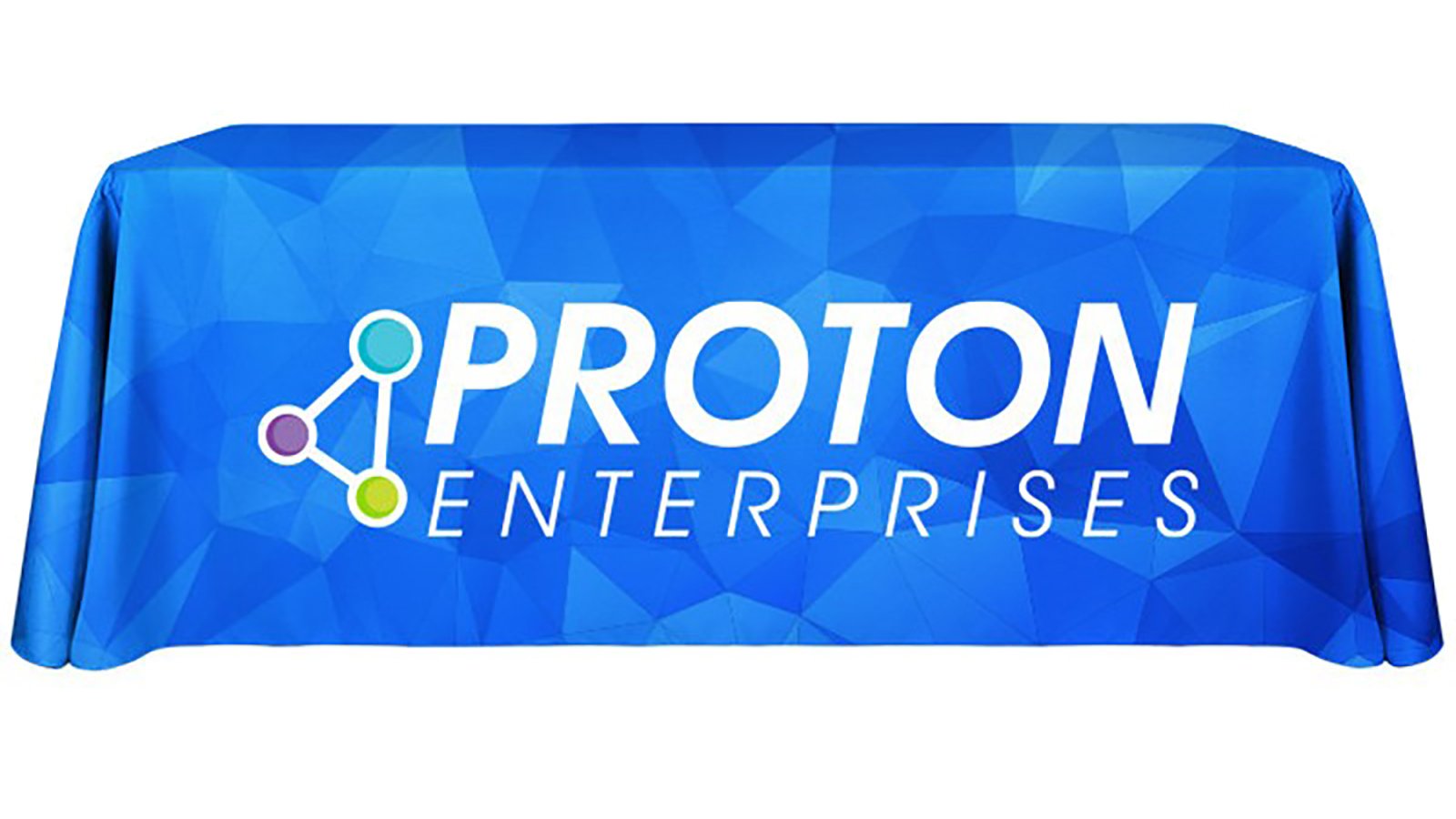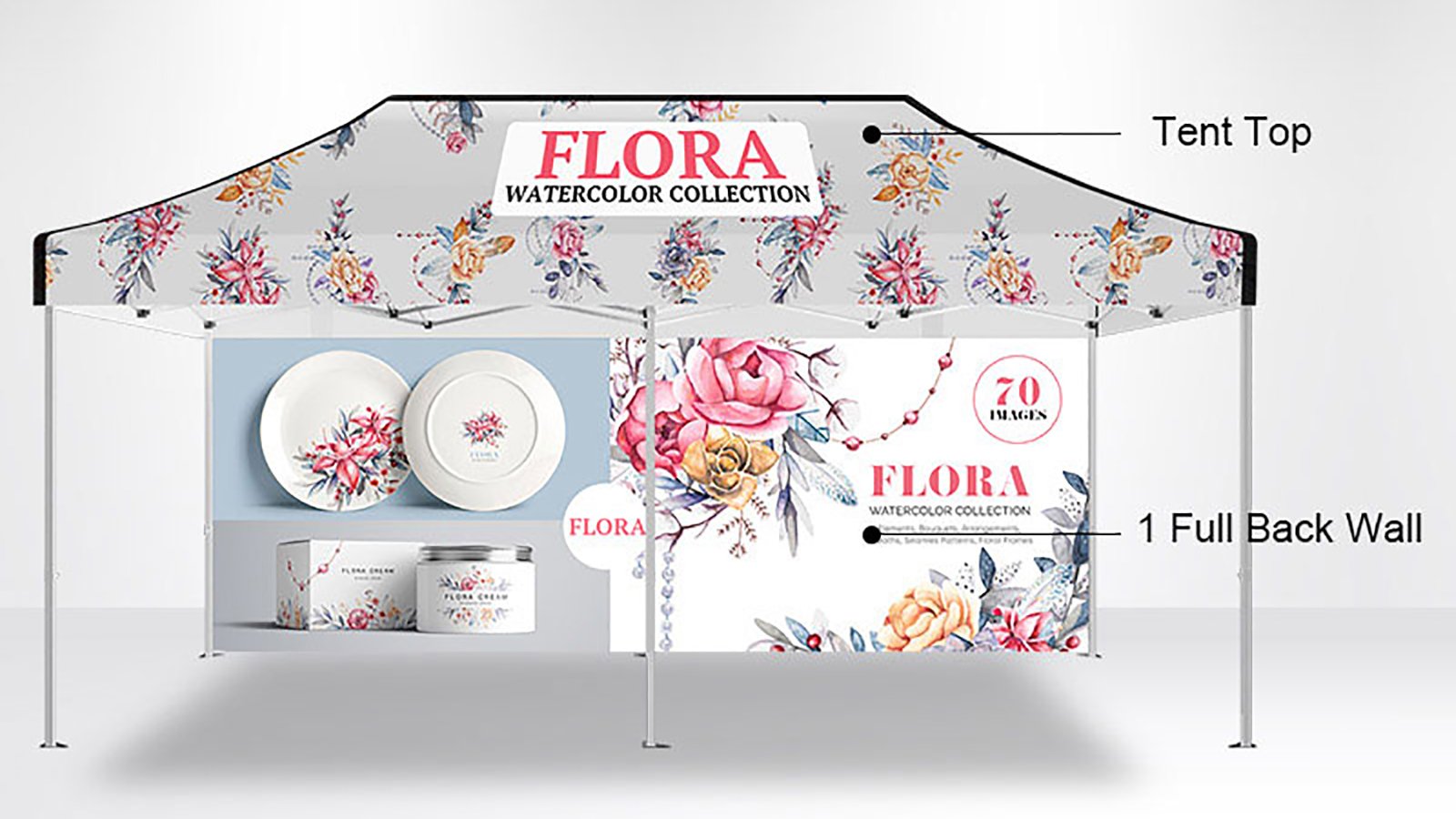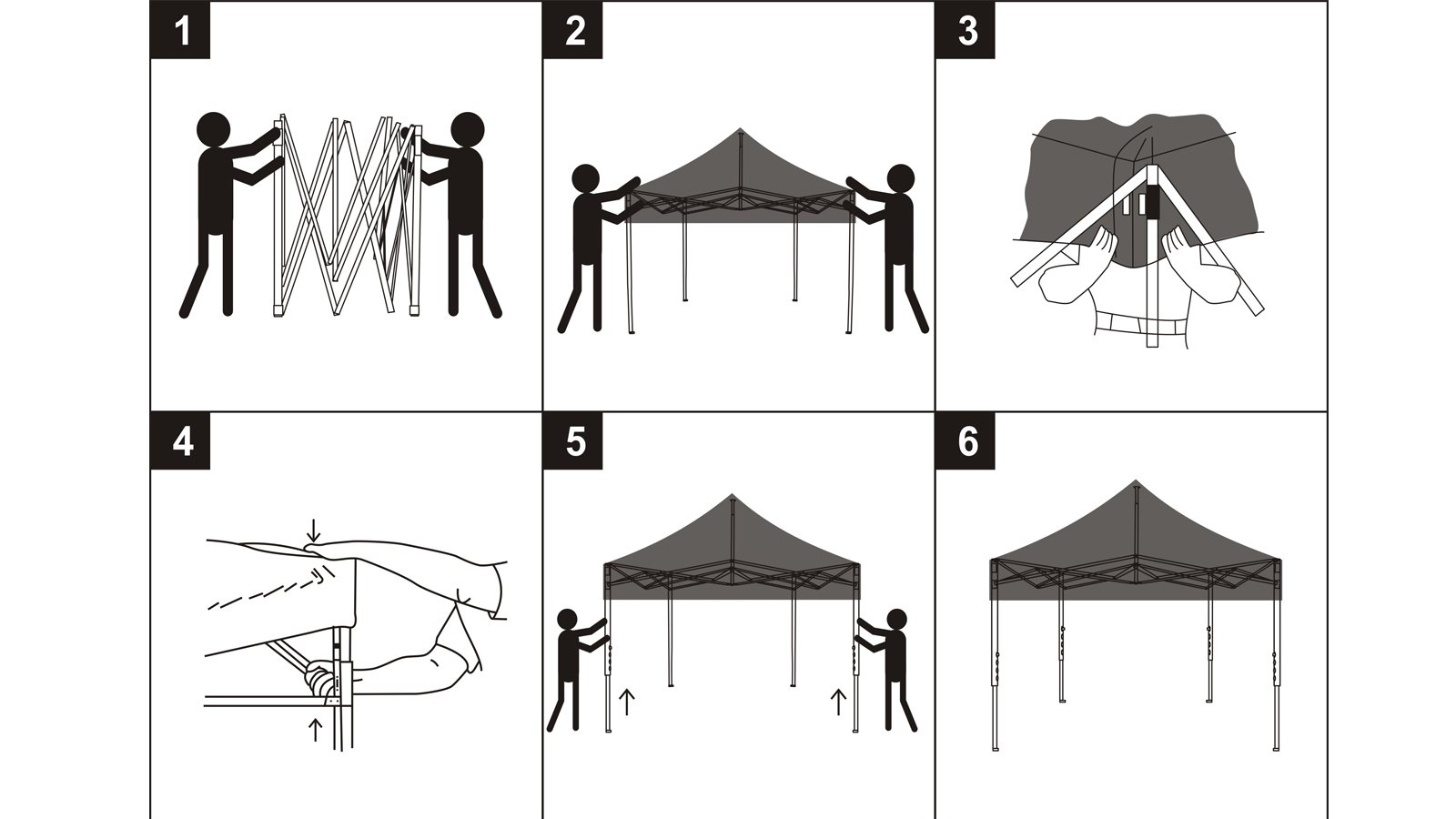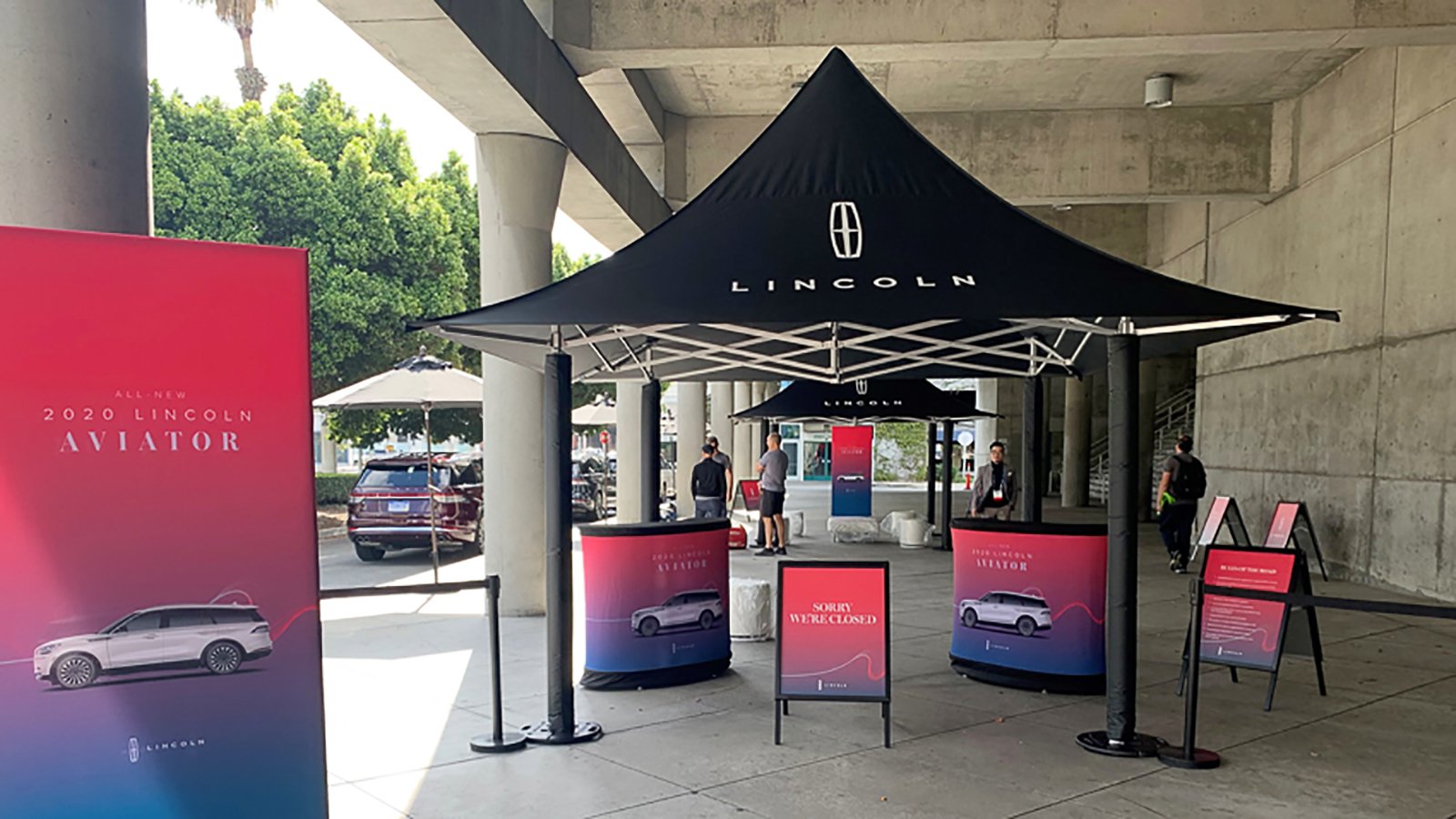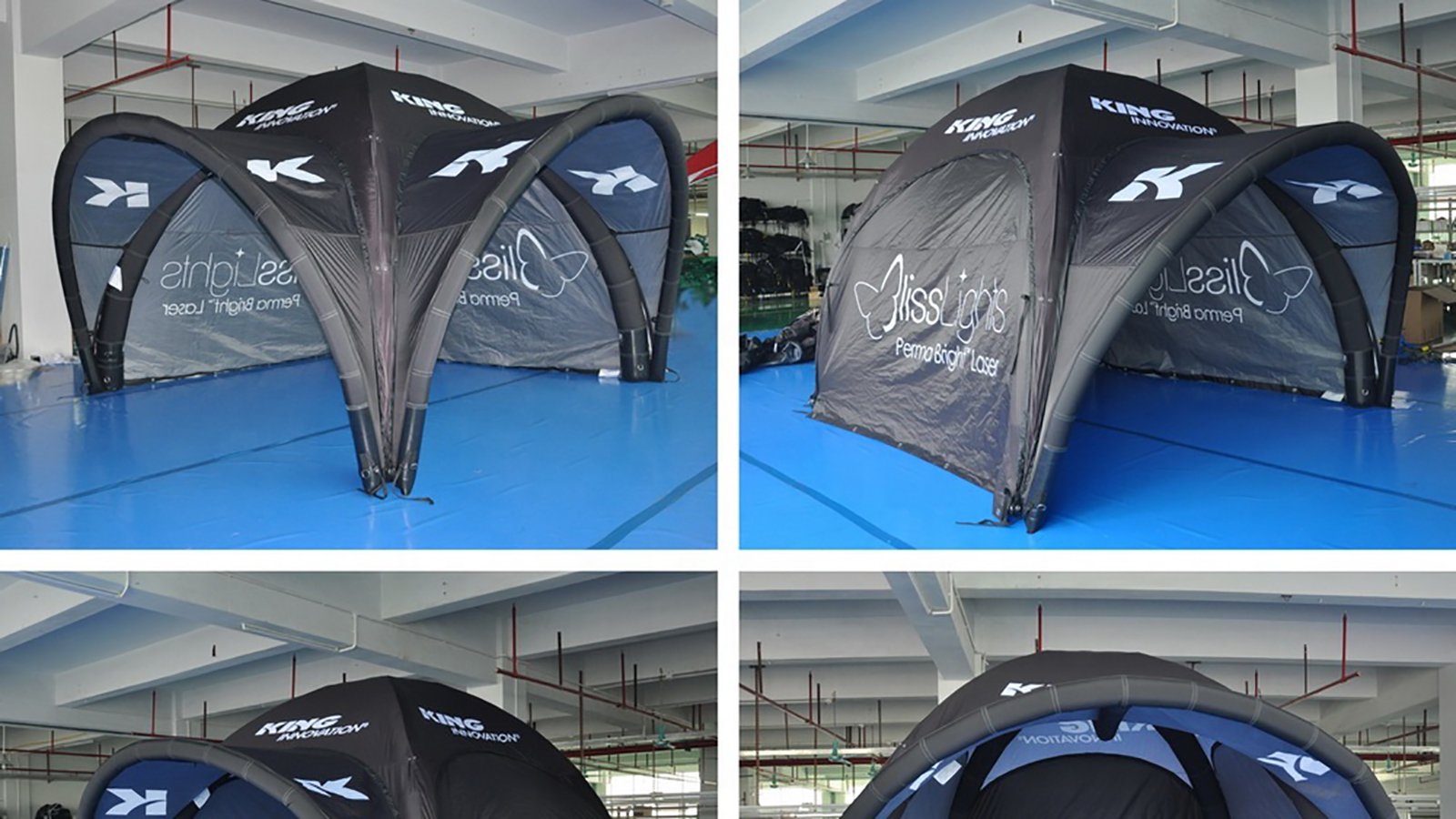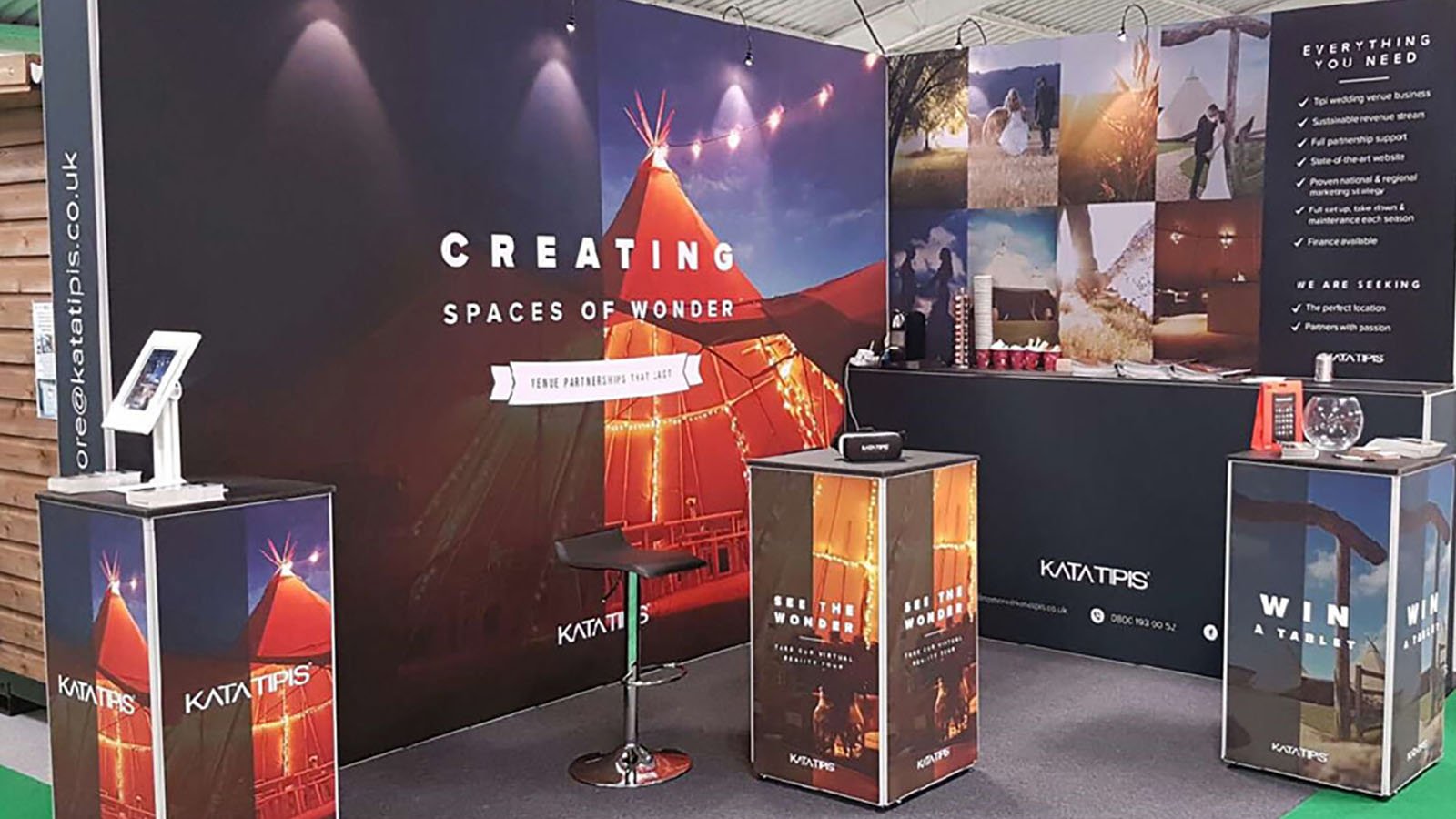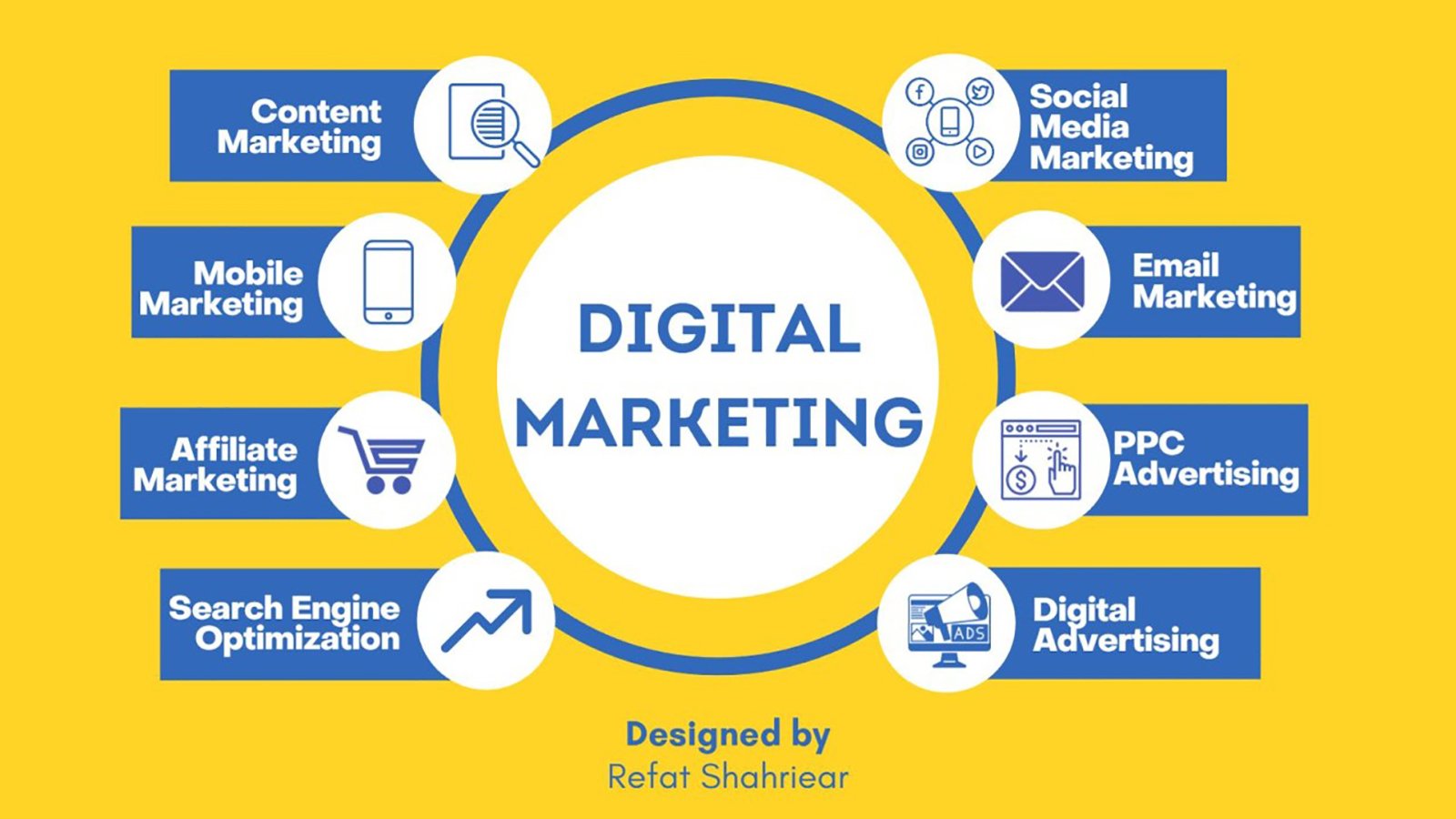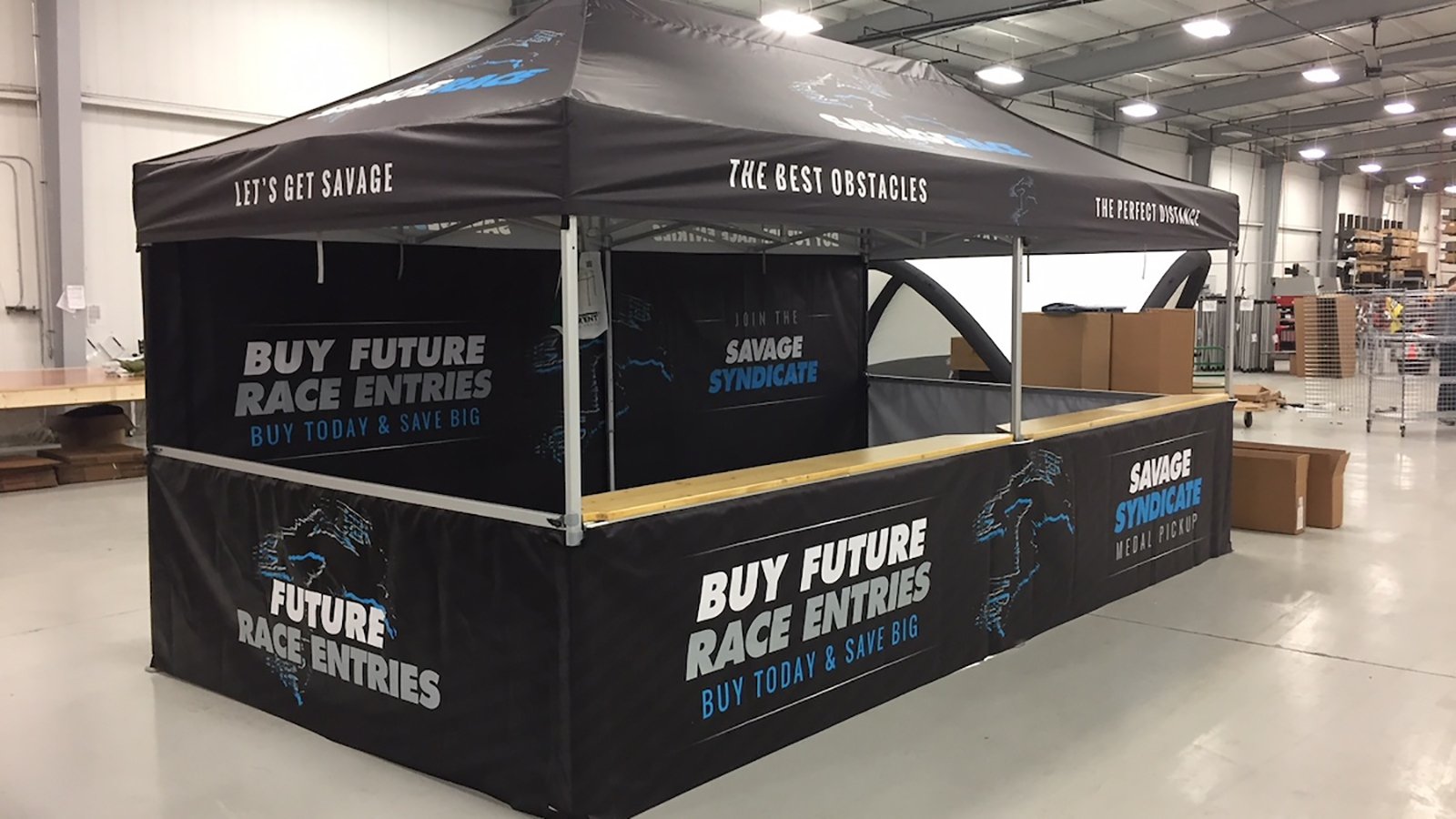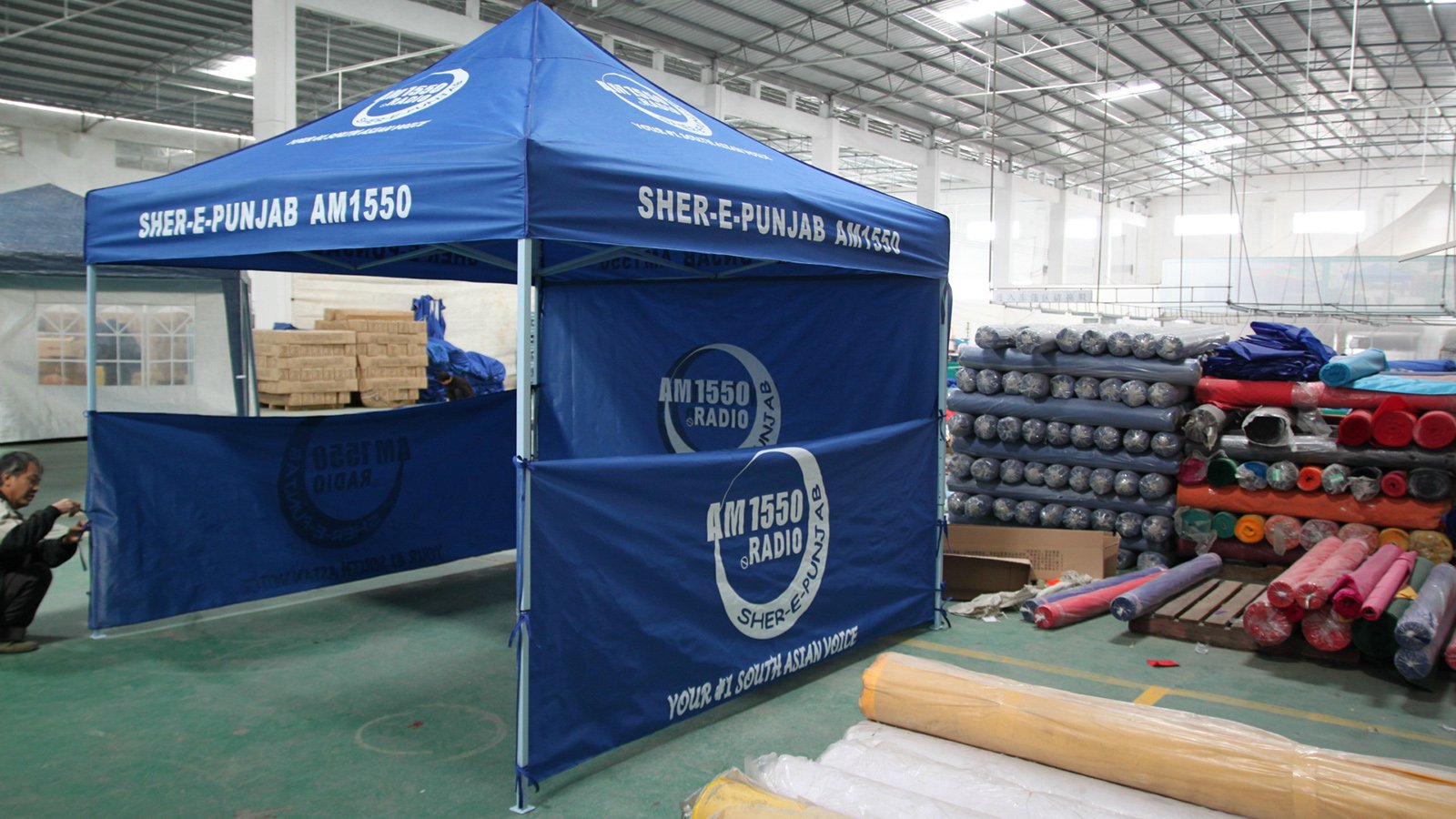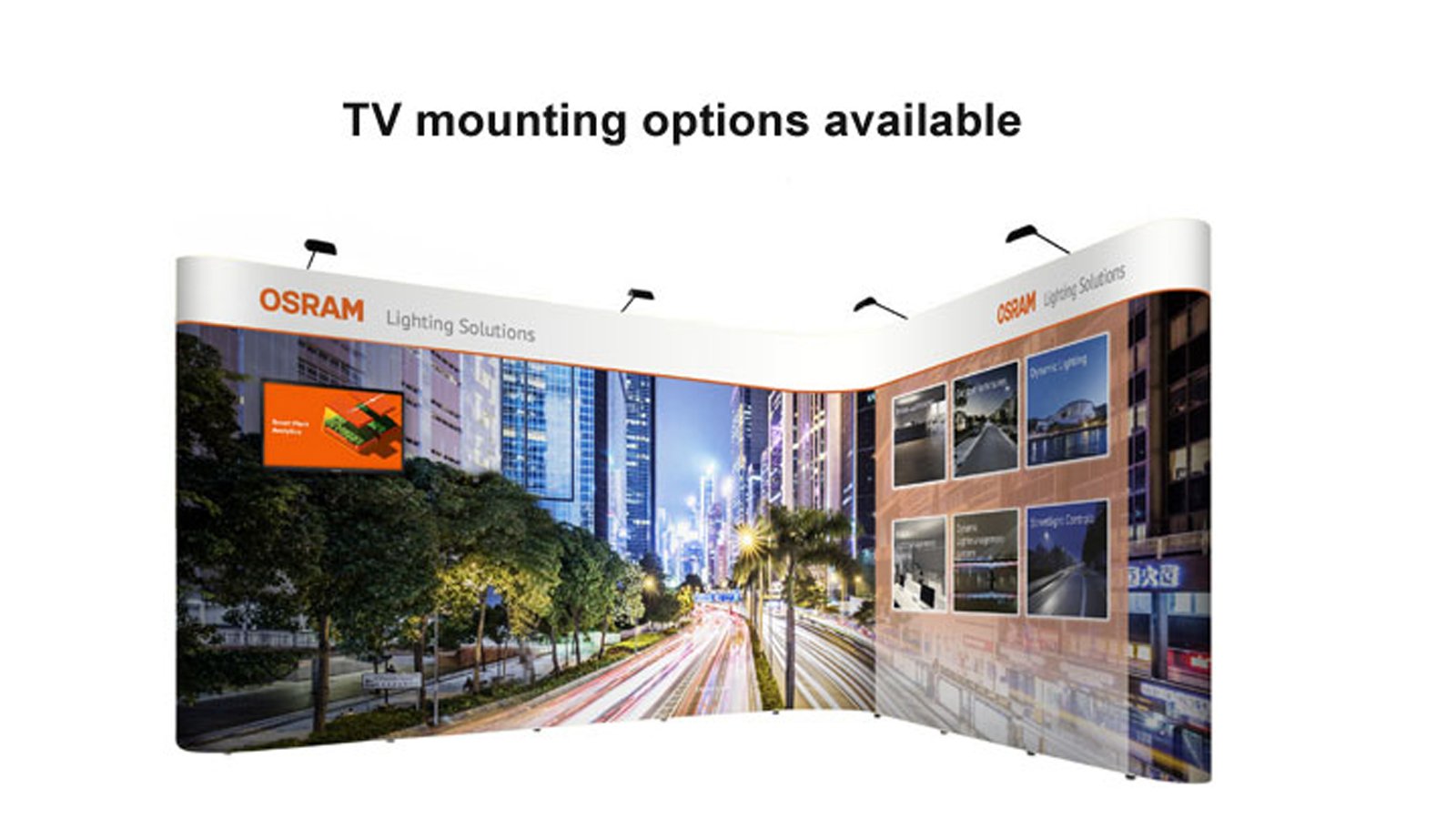Why the background for advertising banners Matters
When it comes to creating an effective advertising banner, every detail matters. One crucial element that often gets overlooked is the background. The background sets the tone and creates a visual impact that can either attract or repel potential customers. In this article, we will explore the importance of choosing the right background for advertising banners and provide valuable insights on how to make the best choice.
1. Enhancing Brand Identity
A well-designed advertising banner should reflect the brand's identity and values. The background plays a vital role in achieving this goal. By selecting a background that aligns with the brand's color palette, typography, and overall aesthetic, the banner becomes a powerful tool for brand recognition. Consistency in design elements across various marketing channels helps to reinforce the brand's identity in the minds of consumers.
2. Catching Attention
In today's fast-paced world, capturing attention is more challenging than ever. A visually appealing background can make all the difference in grabbing the viewer's attention and preventing them from scrolling past your banner. Bright and contrasting colors, unique patterns, or eye-catching visuals can create a sense of curiosity and intrigue, compelling viewers to explore the ad further.
3. Creating Emotional Connections
The right background can evoke emotions and create a subconscious connection with the viewer. By understanding the target audience and their preferences, advertisers can select backgrounds that resonate with their emotions. For example, a calming and serene background might be suitable for a spa advertisement, while a vibrant and energetic background may be more appropriate for a sports-related promotion.
4. Reinforcing the Message
Advertising banners are often created to convey a specific message or promote a particular product or service. The background can reinforce the message and make it more memorable. For instance, a background depicting a tropical beach can enhance the message of a travel agency's banner, instantly transporting the viewer to their dream destination.
5. Balancing Text and Visuals
While the main focus of an advertising banner is often the text or visuals, the background serves as a supporting element that helps create balance. Choosing a background that complements the text and visuals can enhance the overall composition and make the banner more visually appealing. It is essential to ensure that the background does not overpower the main message but rather enhances it.
6. Considering Context and Placement
Where and how the advertising banner will be displayed should influence the choice of background. For instance, if the banner will be placed on a website with a predominantly white background, a contrasting background color can help it stand out. On the other hand, a background that blends seamlessly with the website's design may be more suitable for a cohesive user experience.
7. Aiding Readability
Legibility is crucial for an effective advertising banner. The background should not hinder the readability of the text or important visuals. Choosing a background color that provides enough contrast or using a transparent overlay can ensure that the message is easily readable, even from a distance or on smaller screens.
8. Reflecting Seasonal or Trendy Themes
Aligning advertising banners with seasonal or trendy themes can make them more relatable and relevant to the target audience. The background can play a significant role in reflecting these themes. For example, using a snowy background for a winter sale or a floral background for a spring promotion can create a sense of timeliness and urgency.
9. Testing and Optimization
Choosing the perfect background for an advertising banner is not always a one-size-fits-all approach. It is crucial to test different backgrounds and analyze their performance to optimize the banner's effectiveness. A/B testing can help determine which background resonates better with the target audience and drives higher engagement and conversions.
10. Staying Consistent Across Platforms
Consistency is key when it comes to branding and marketing. By using a consistent background across different advertising platforms, such as social media, websites, and print materials, the brand can establish a cohesive and recognizable presence. This consistency builds trust and familiarity with the audience, increasing the chances of conversions and long-term customer loyalty.



